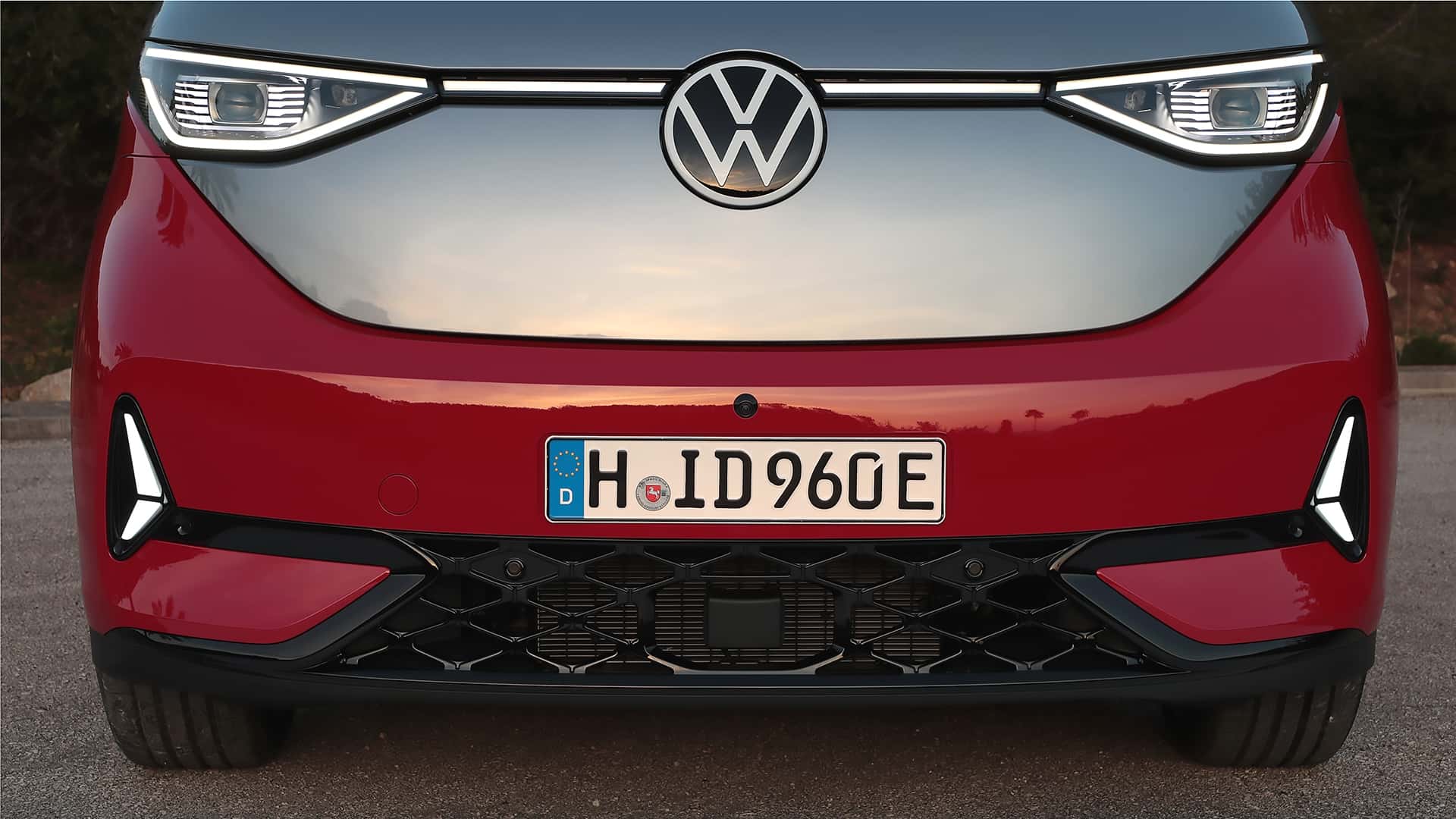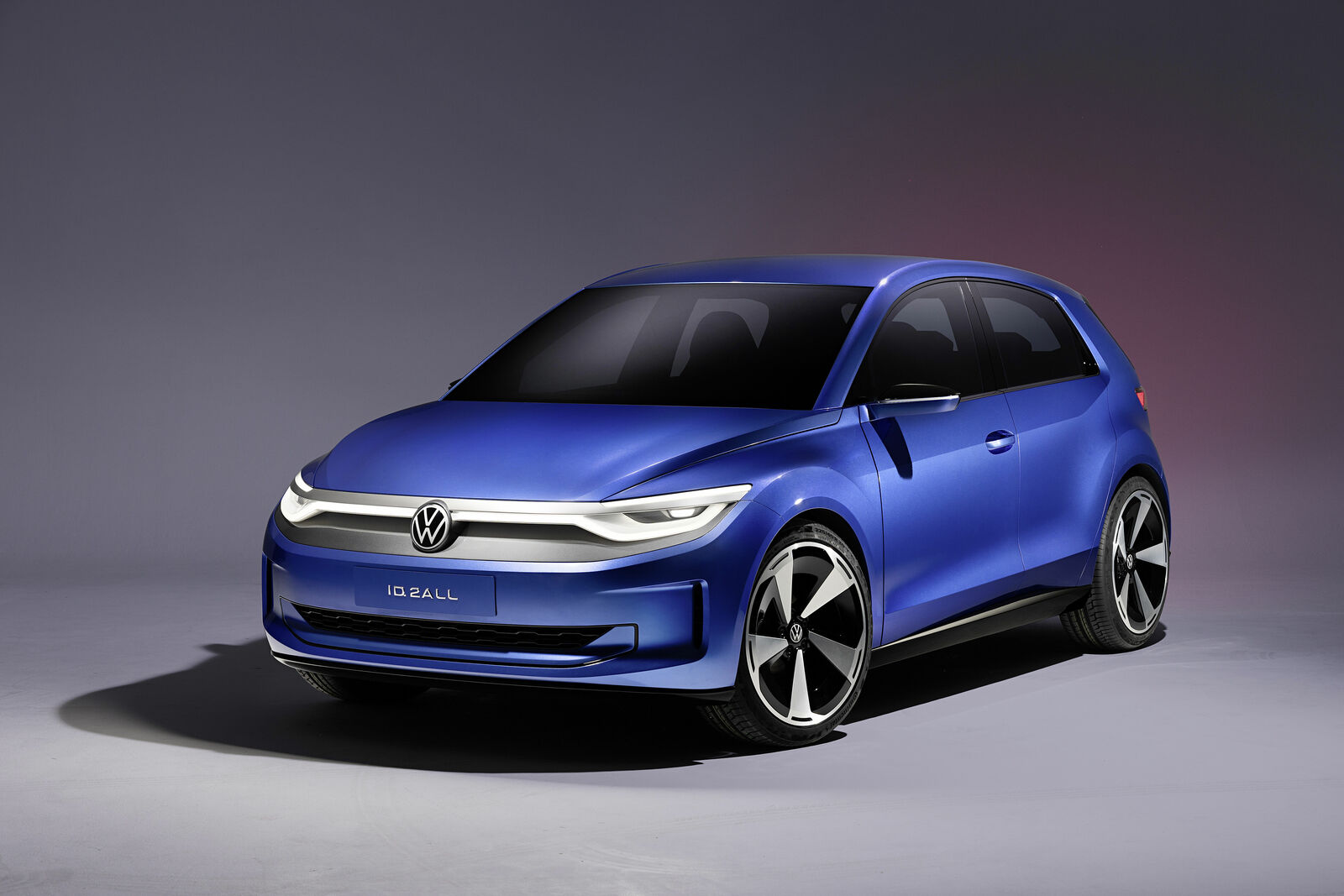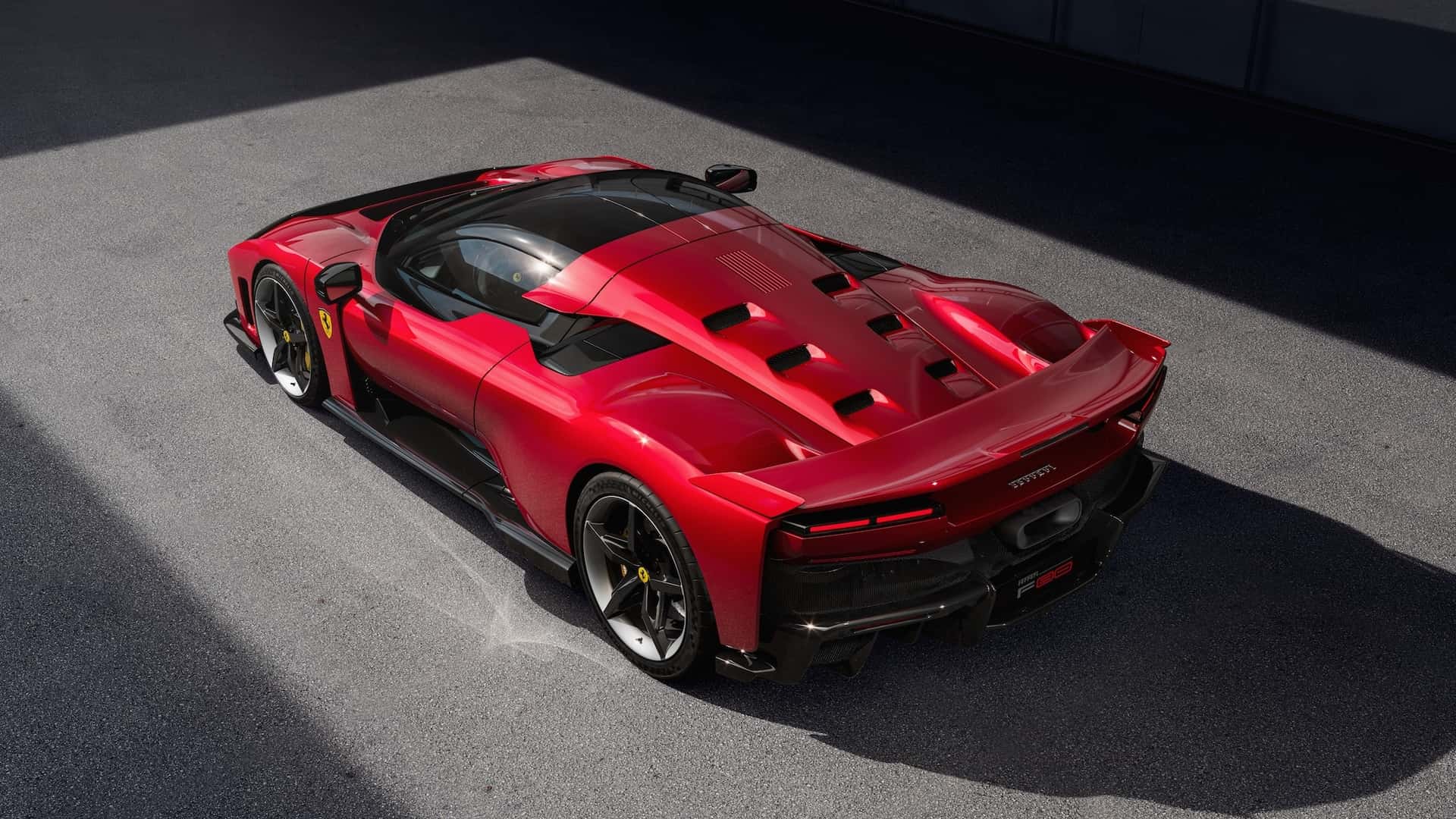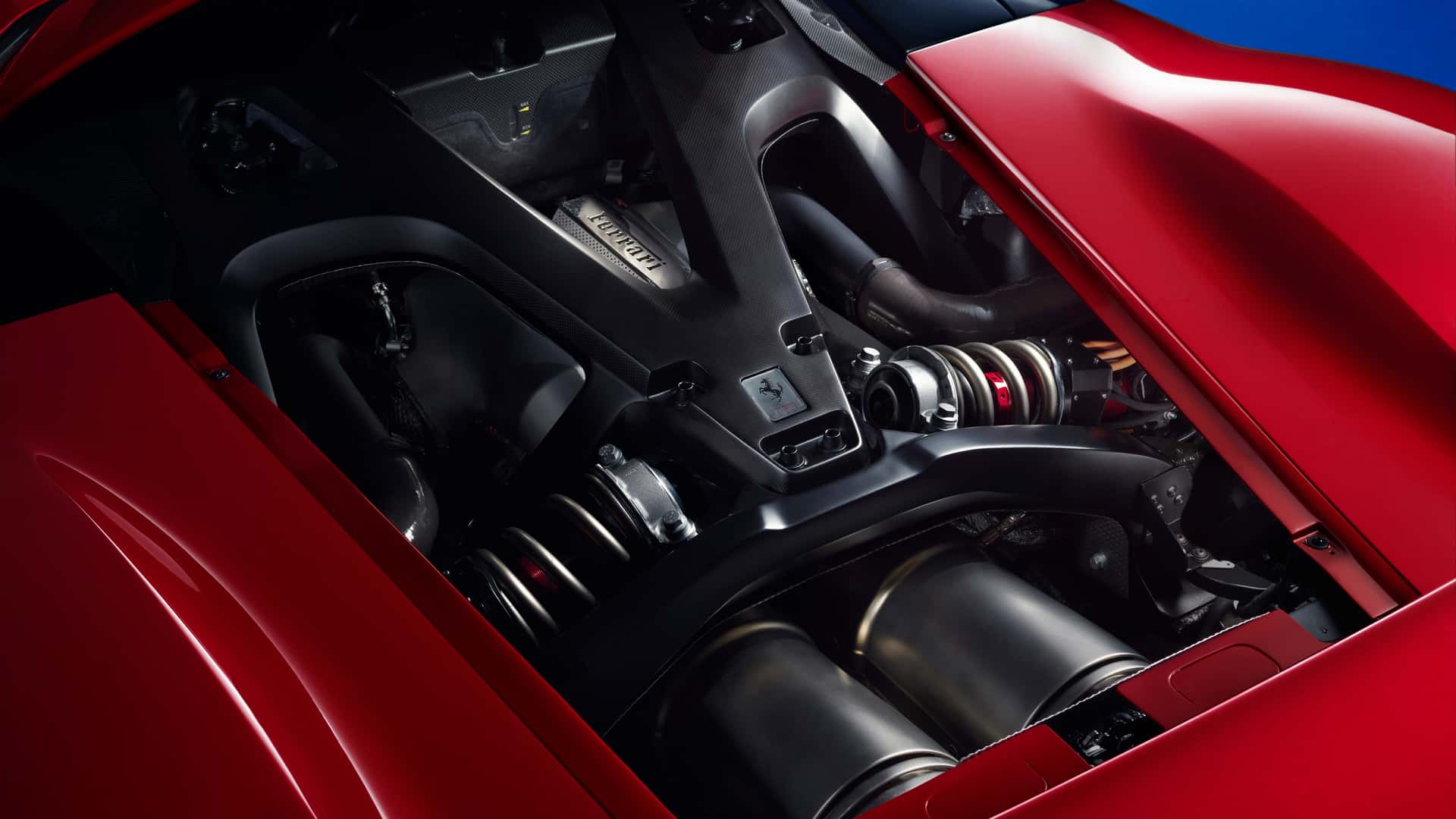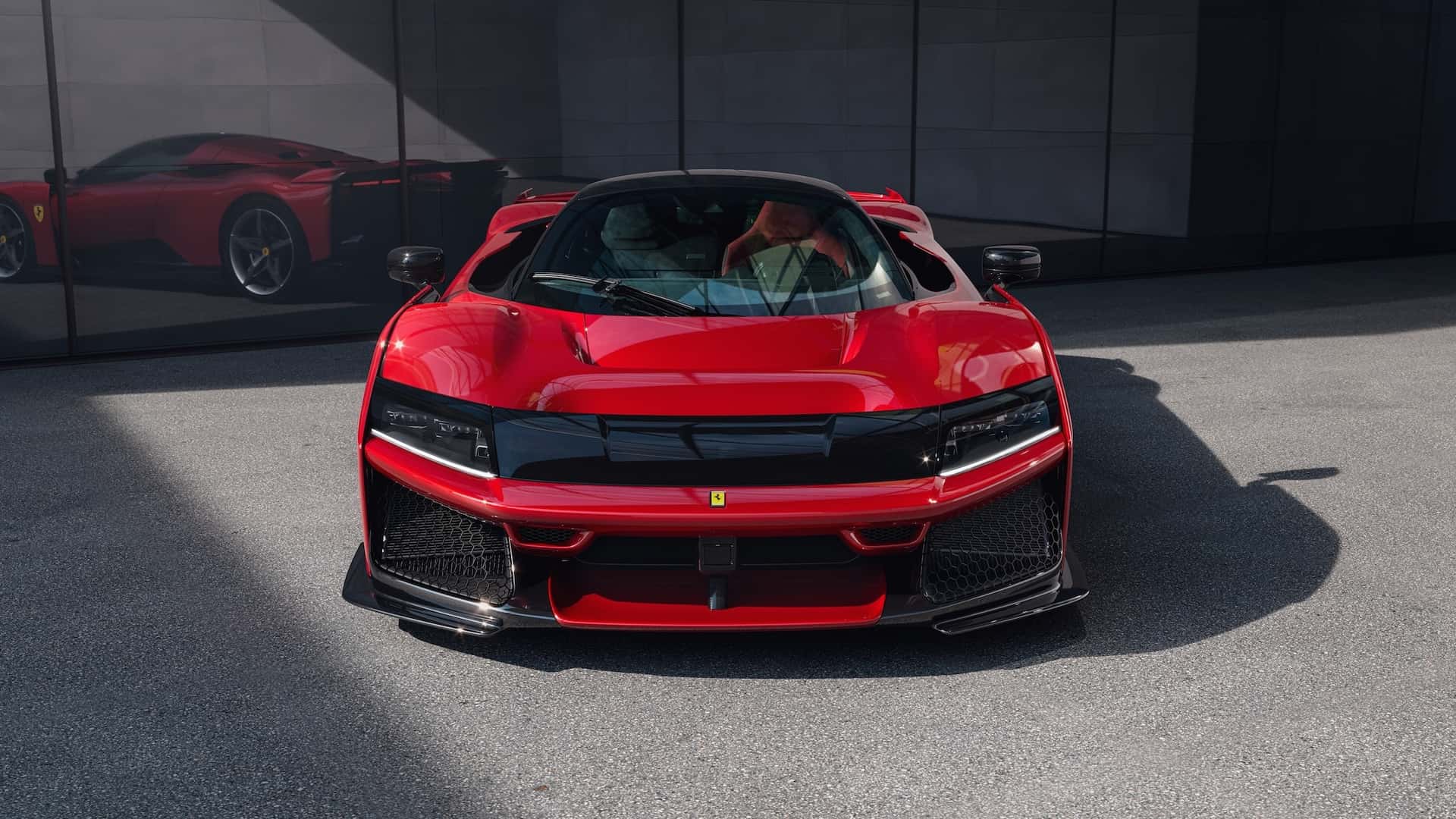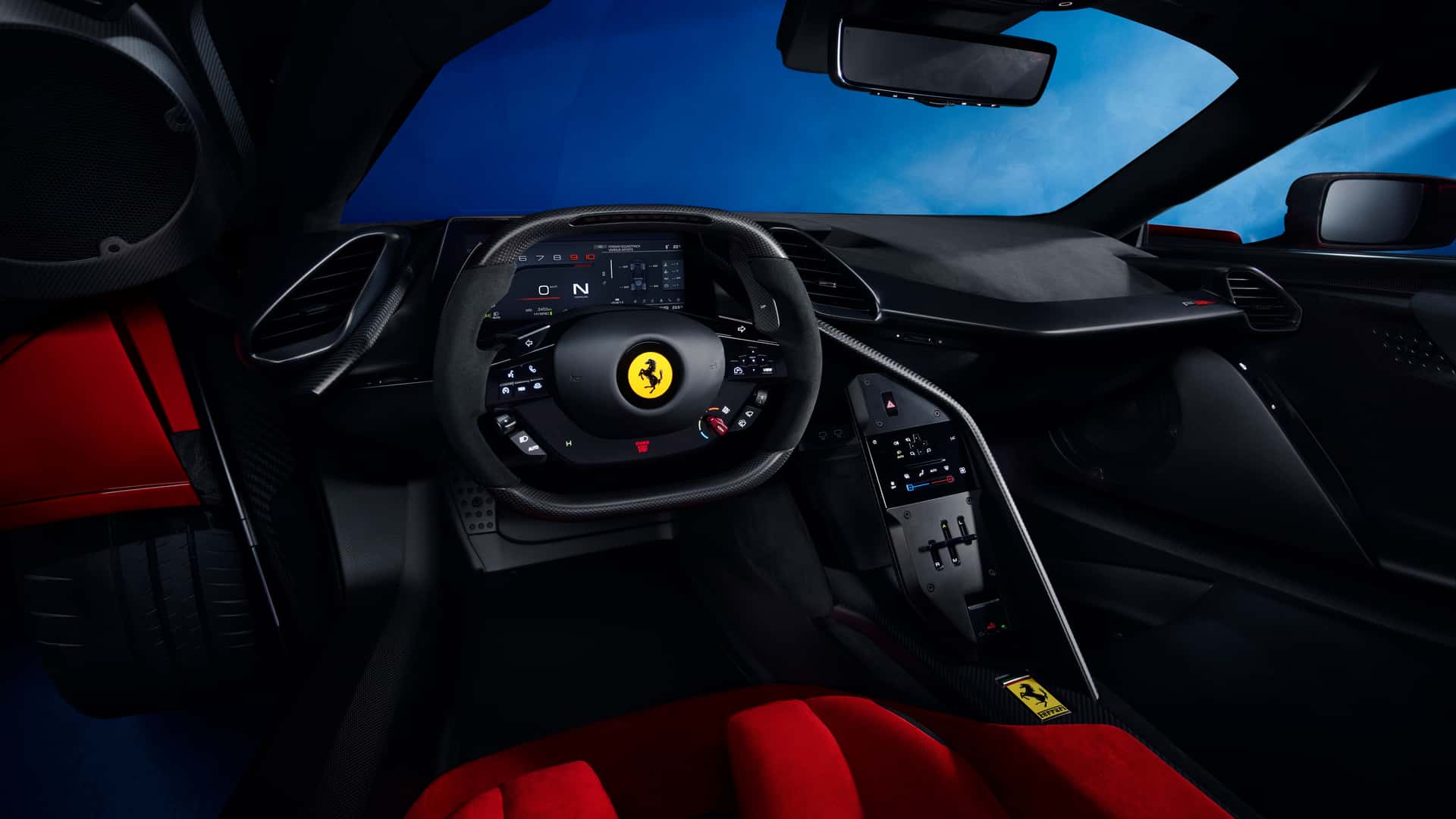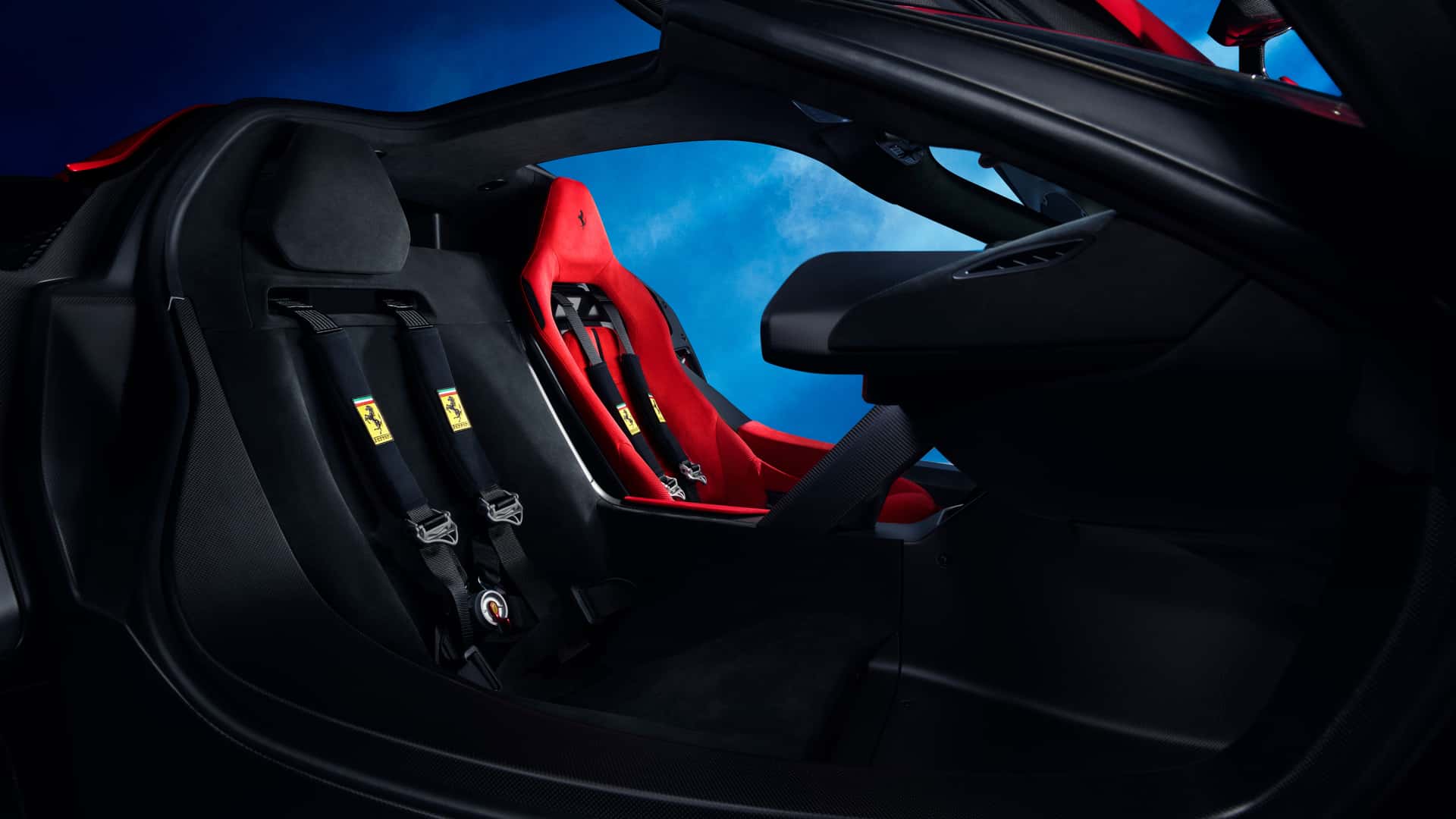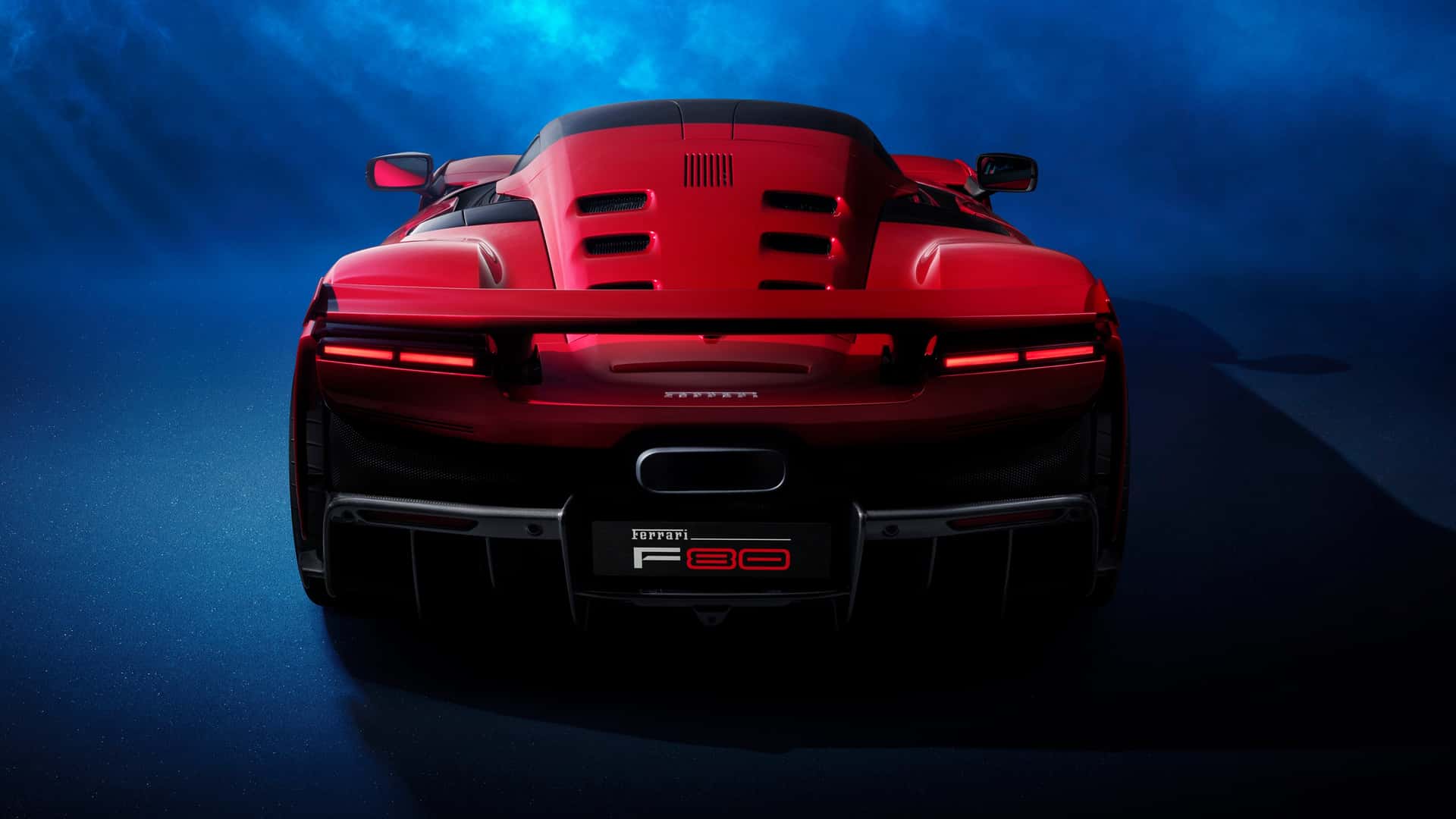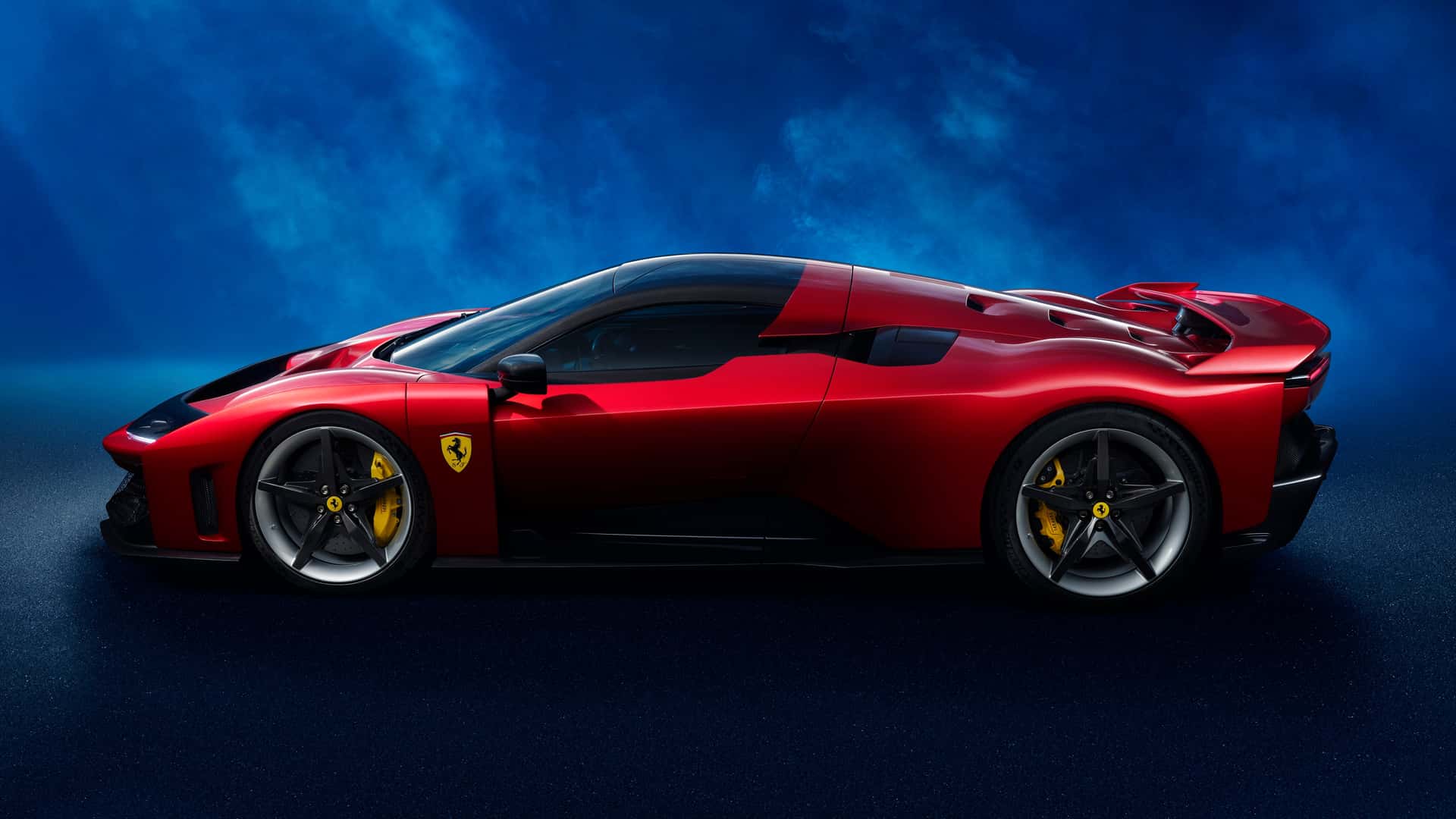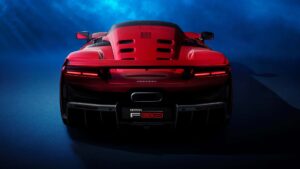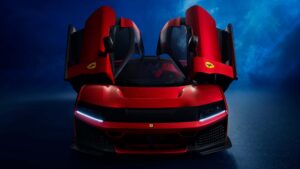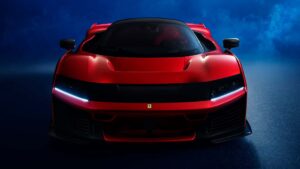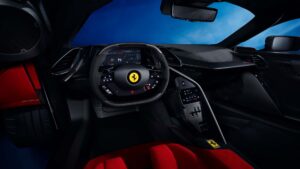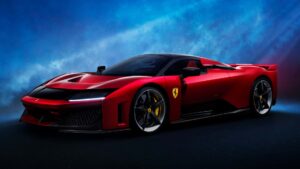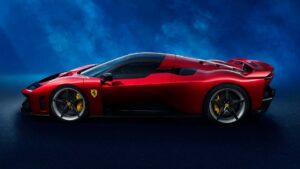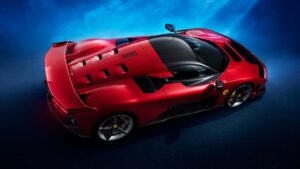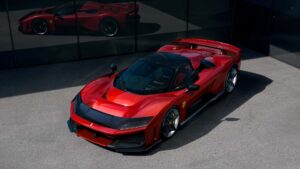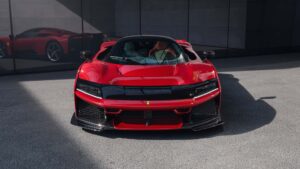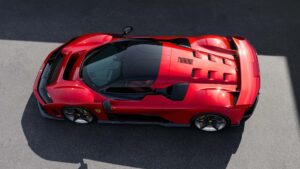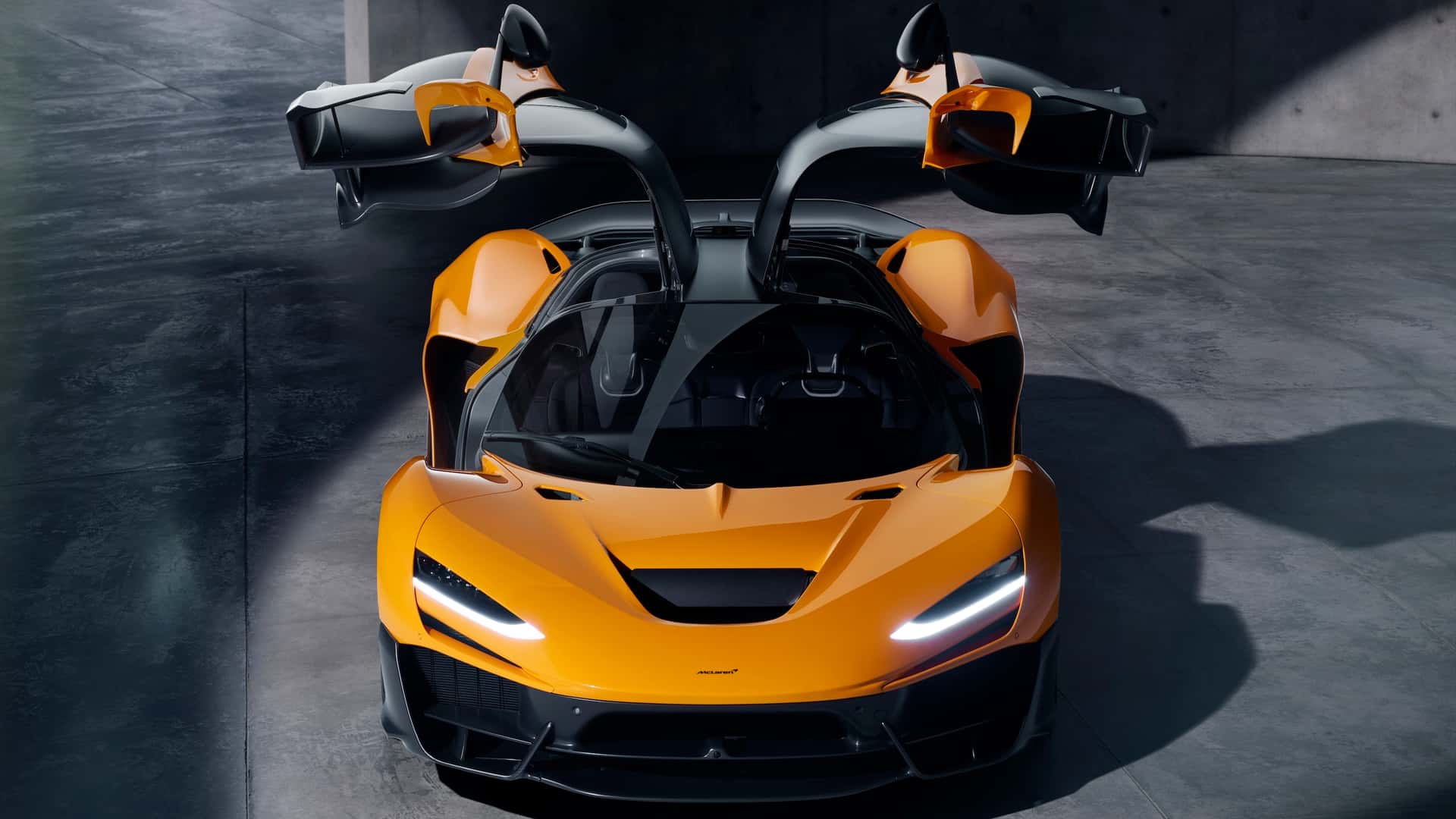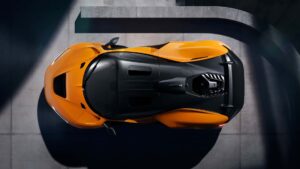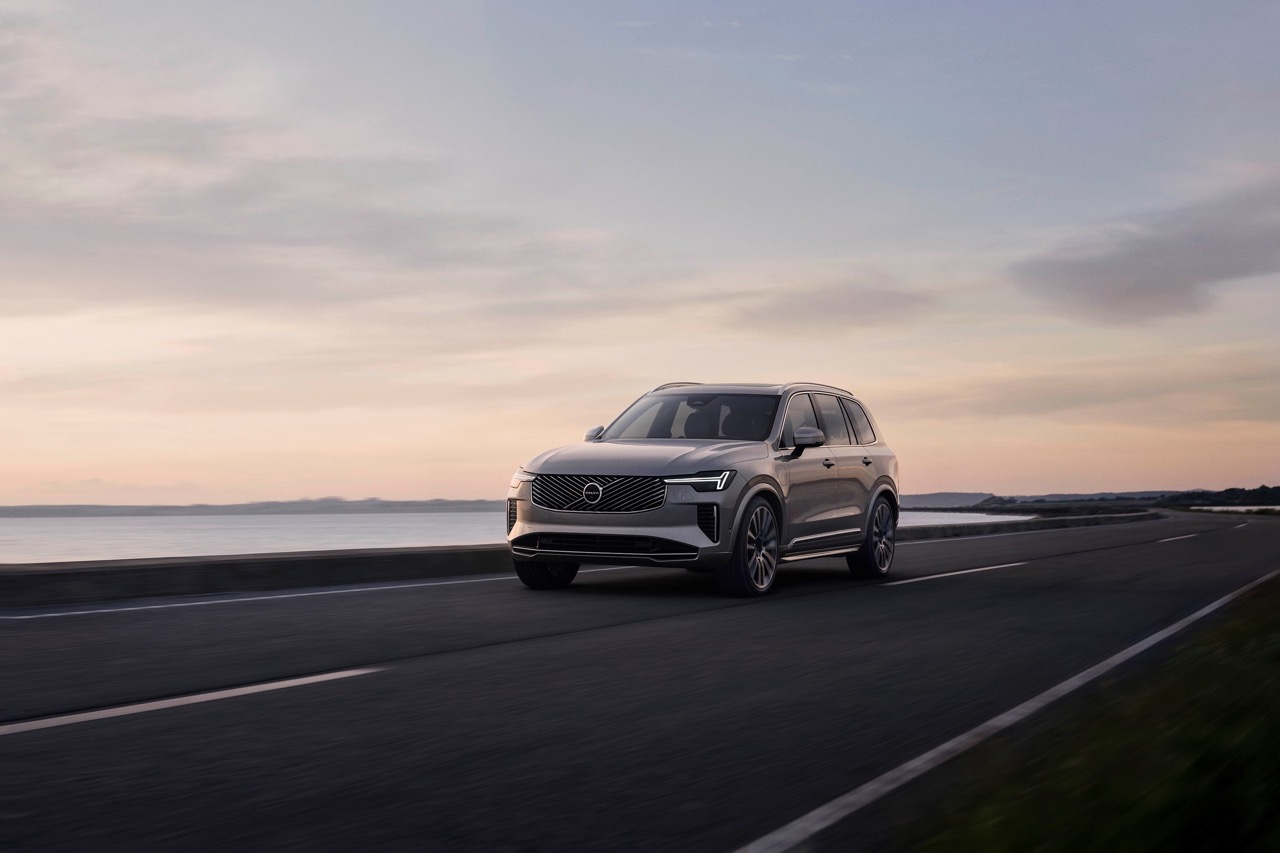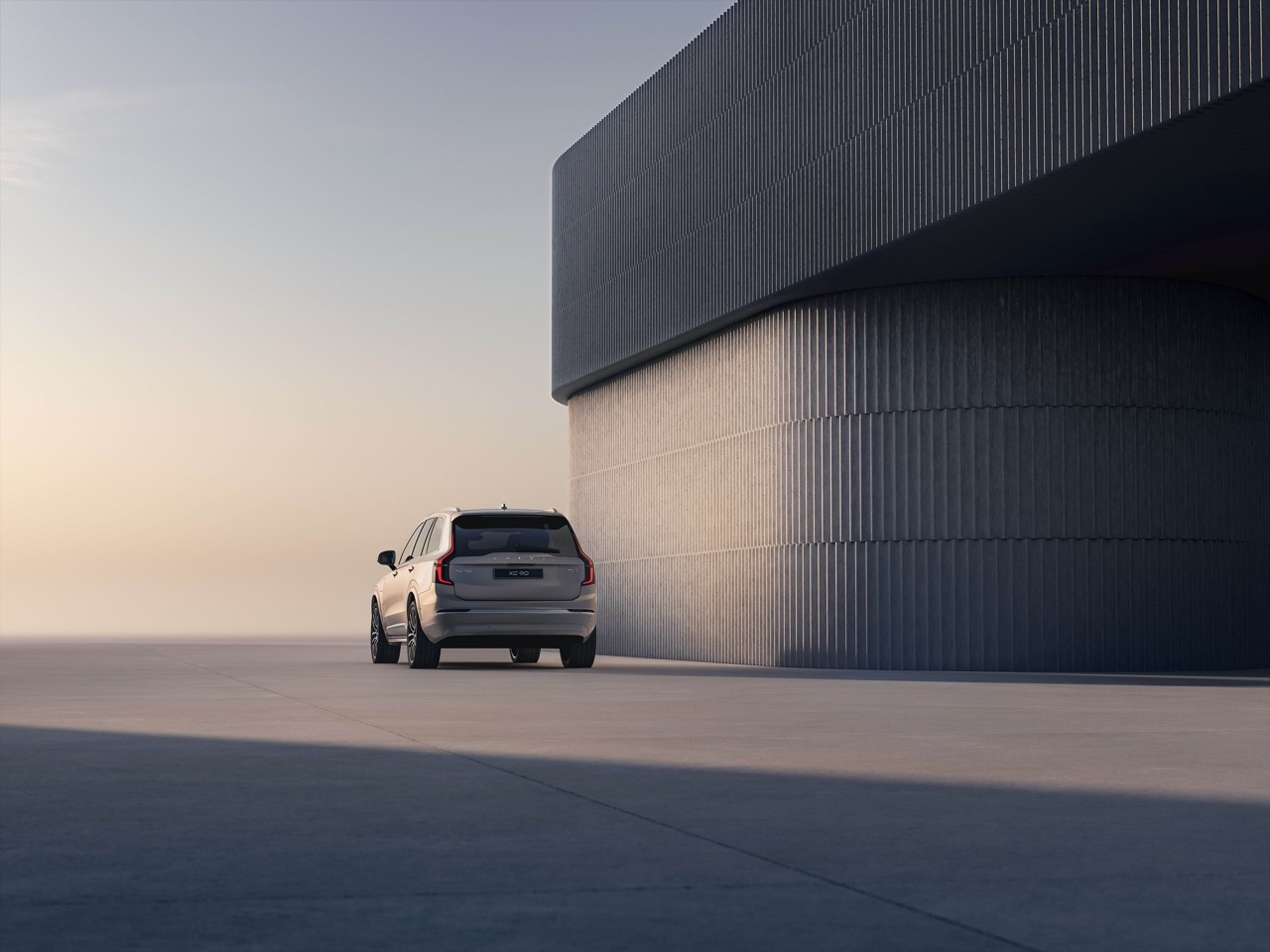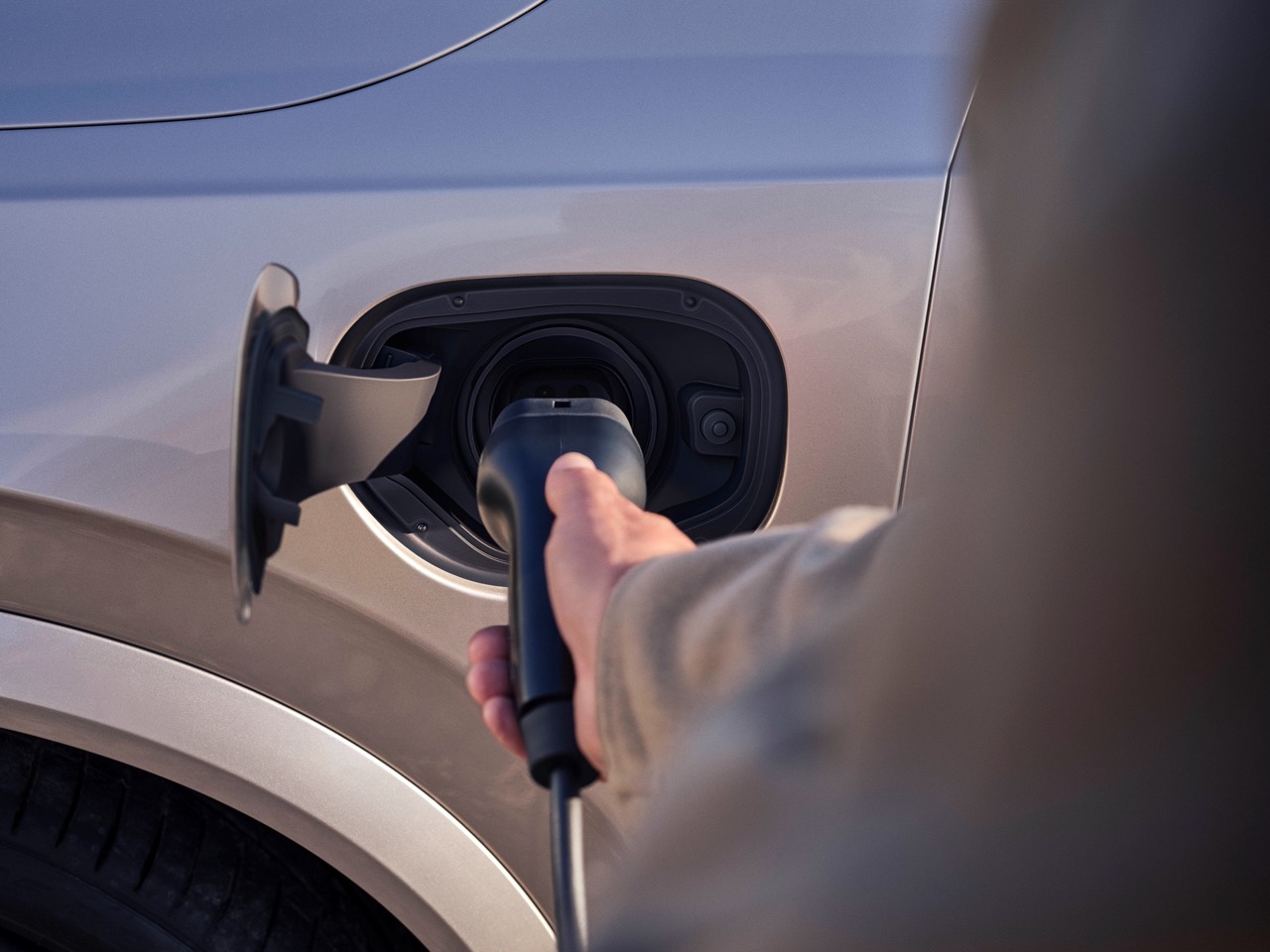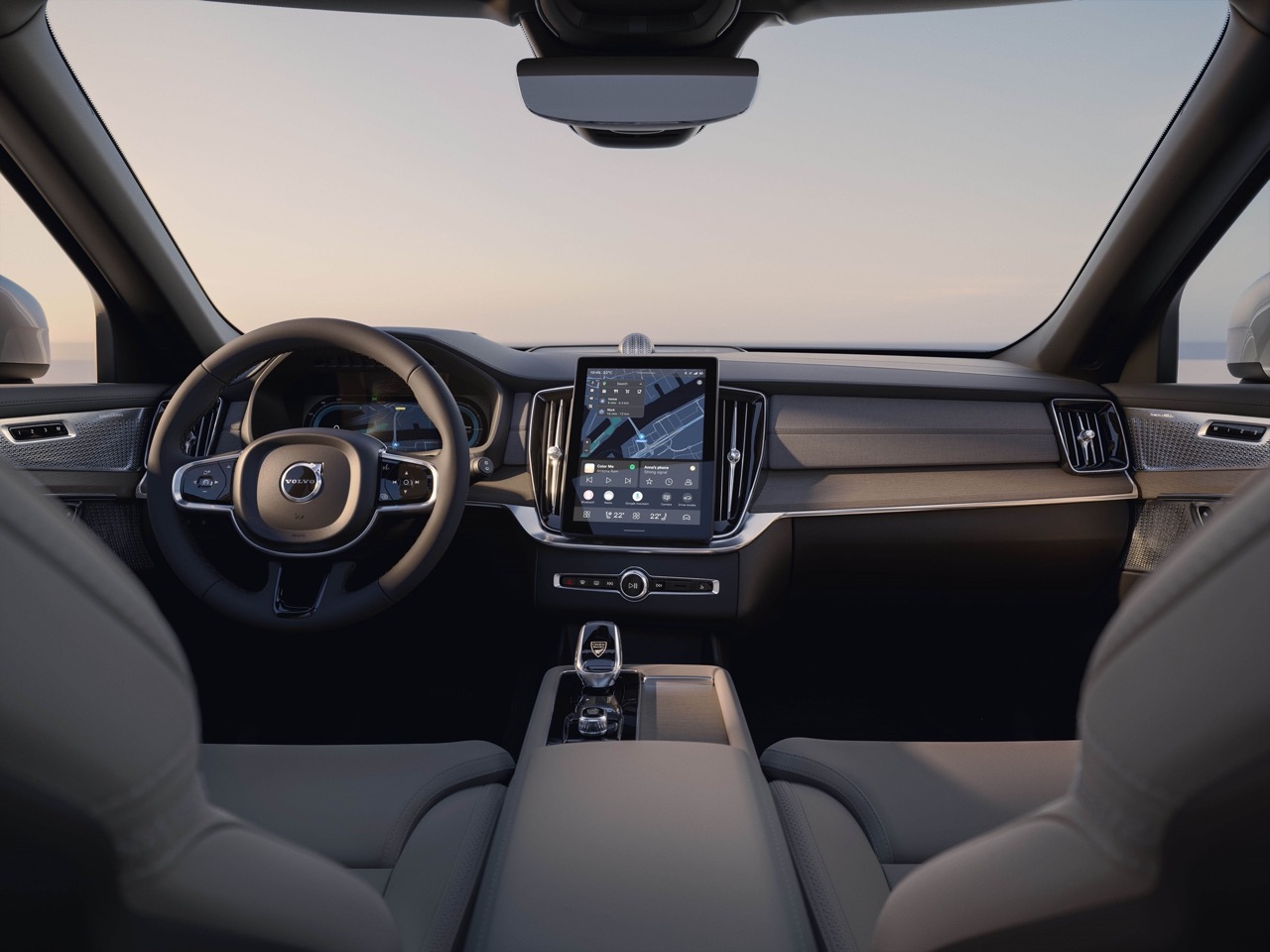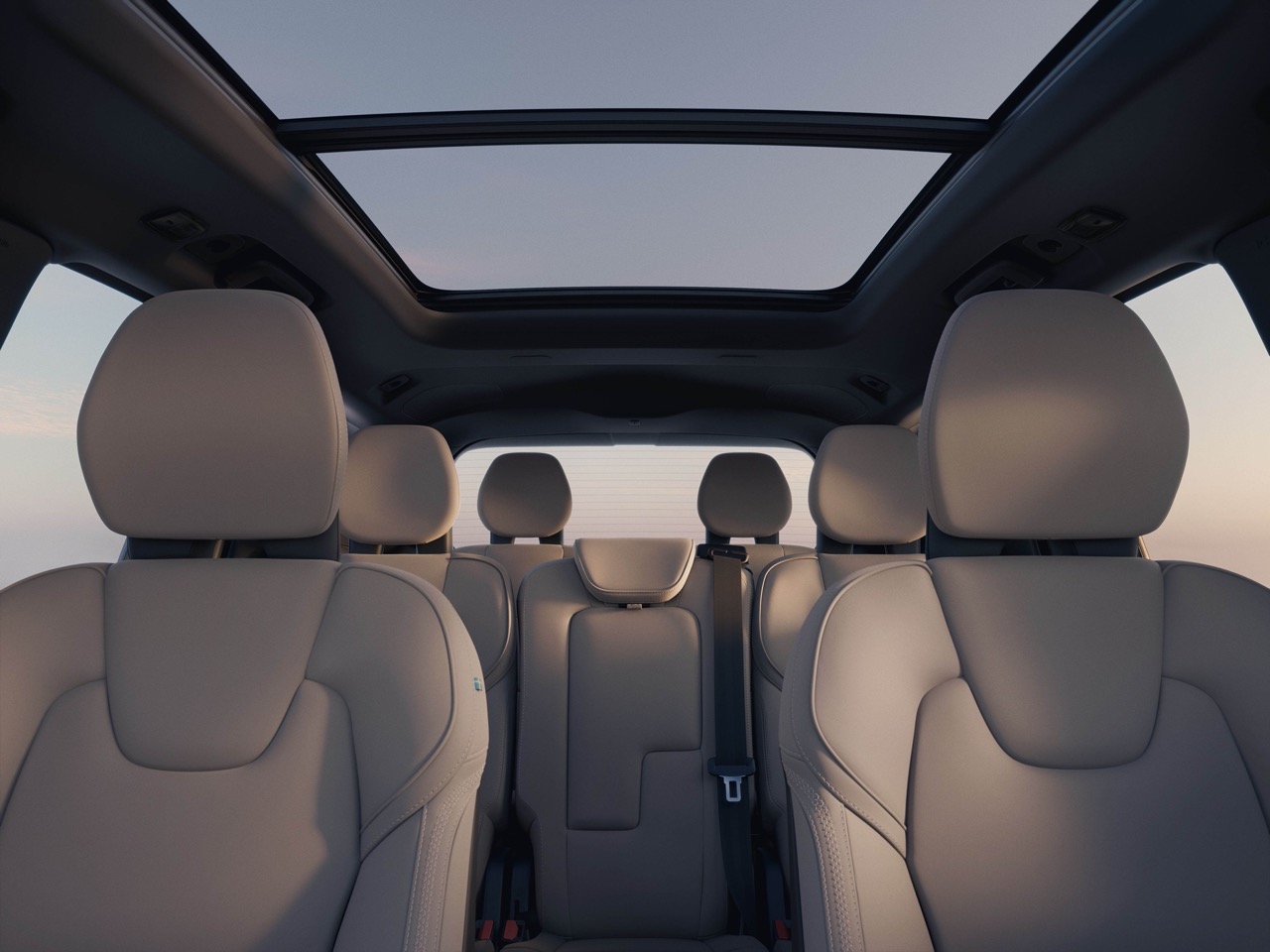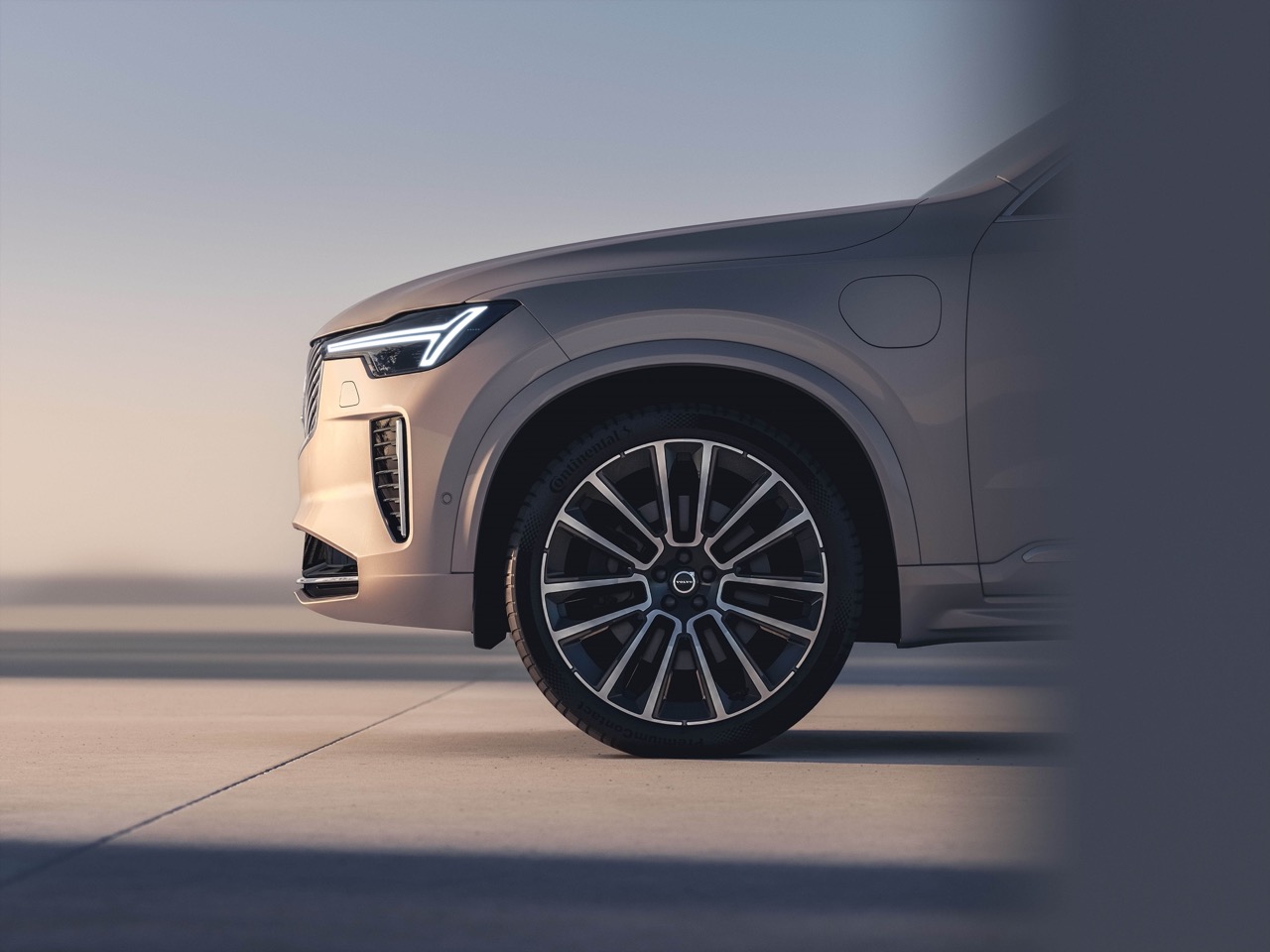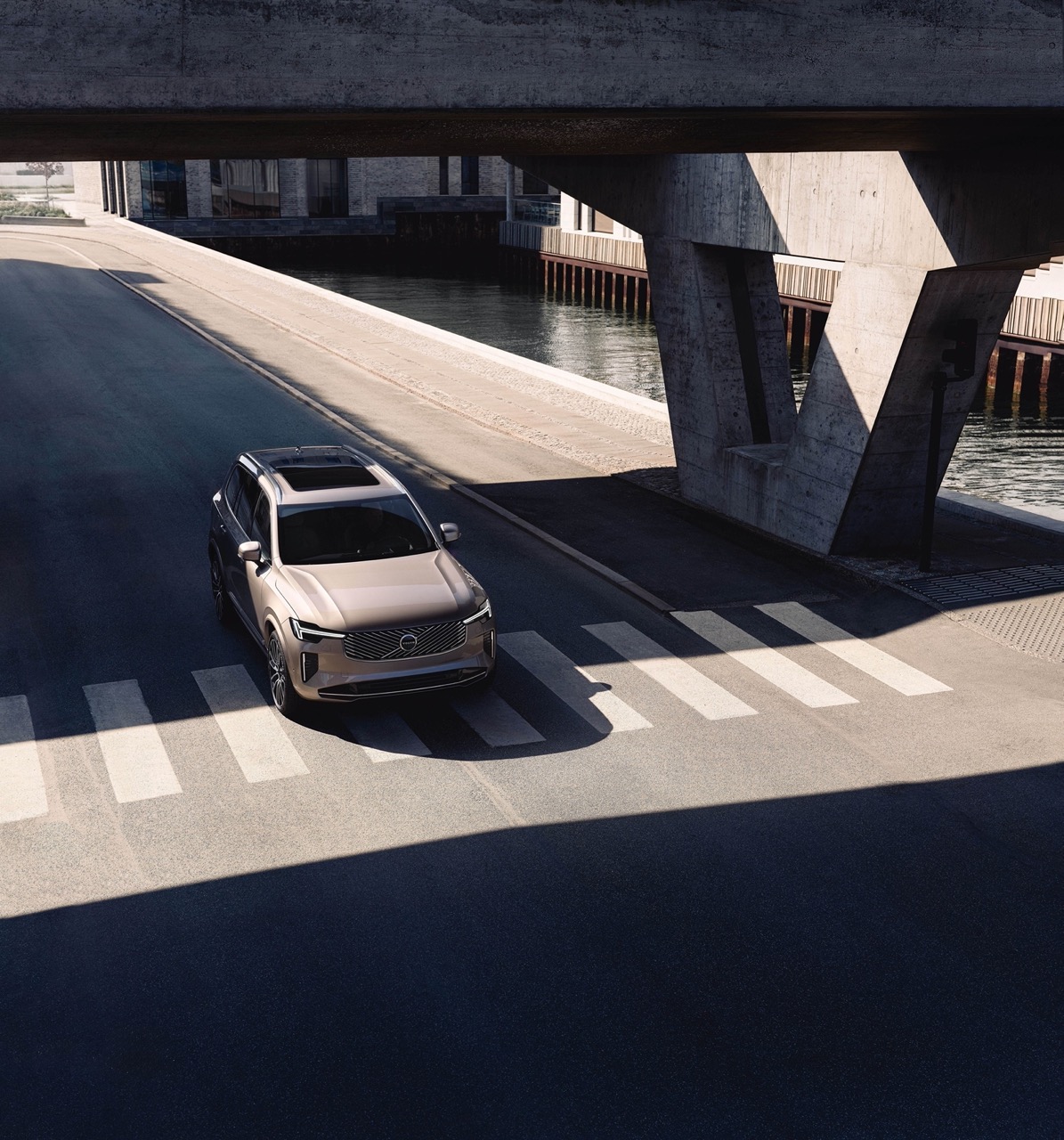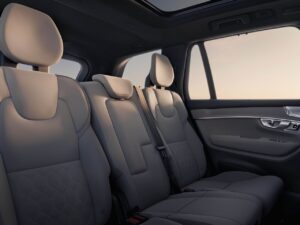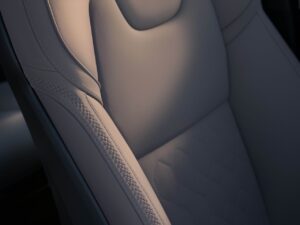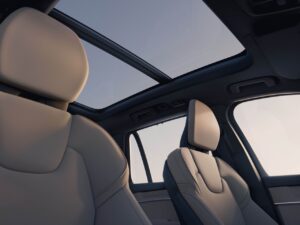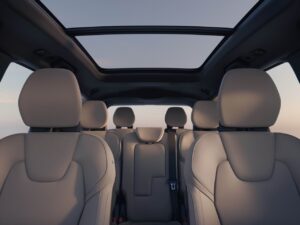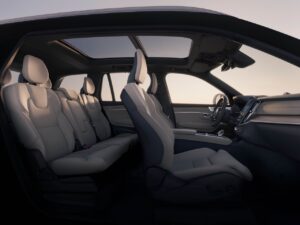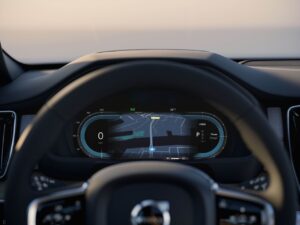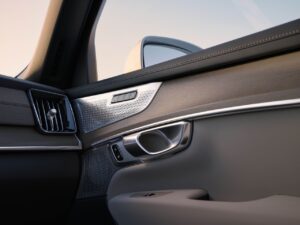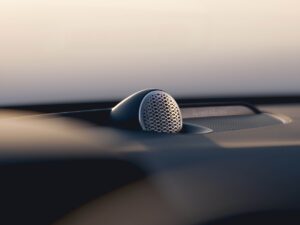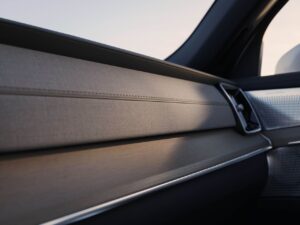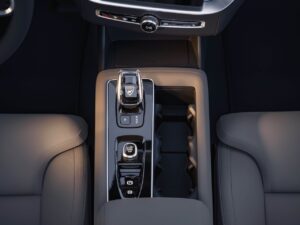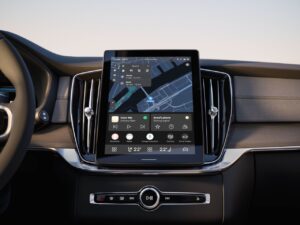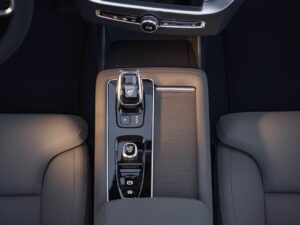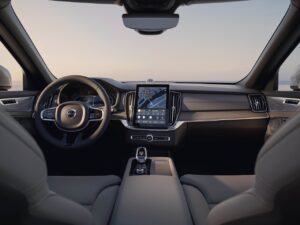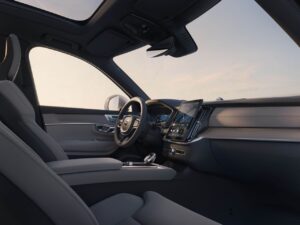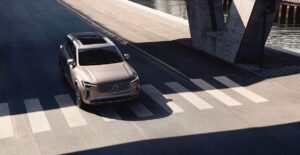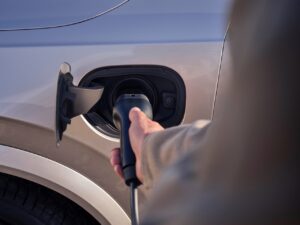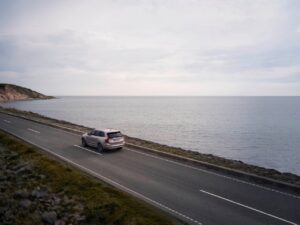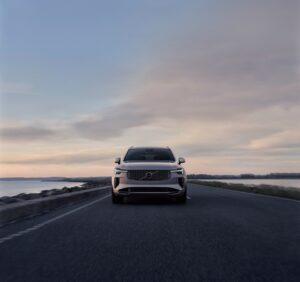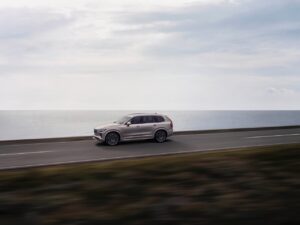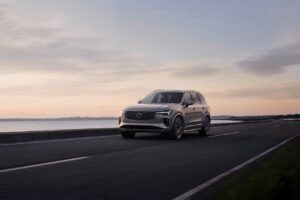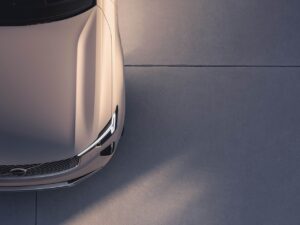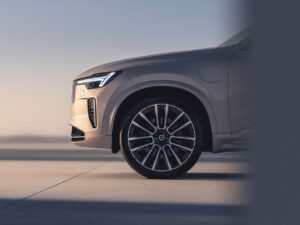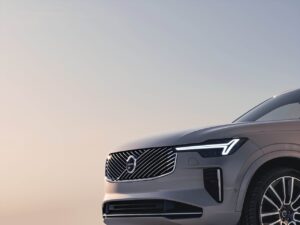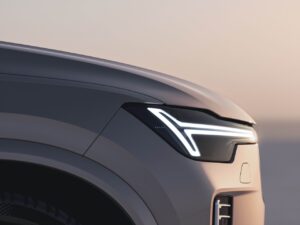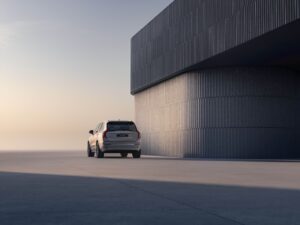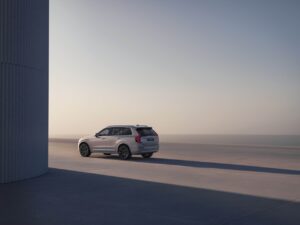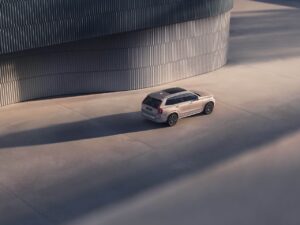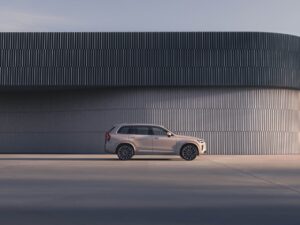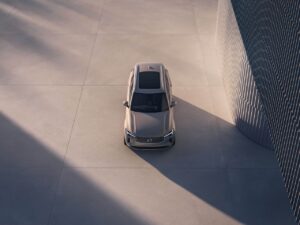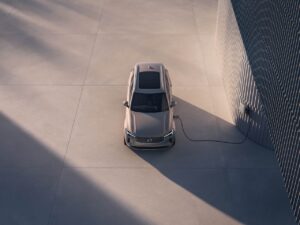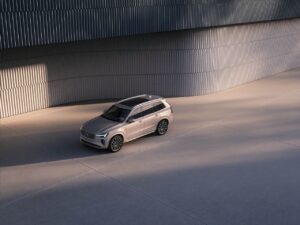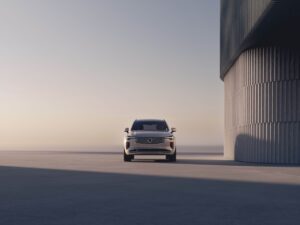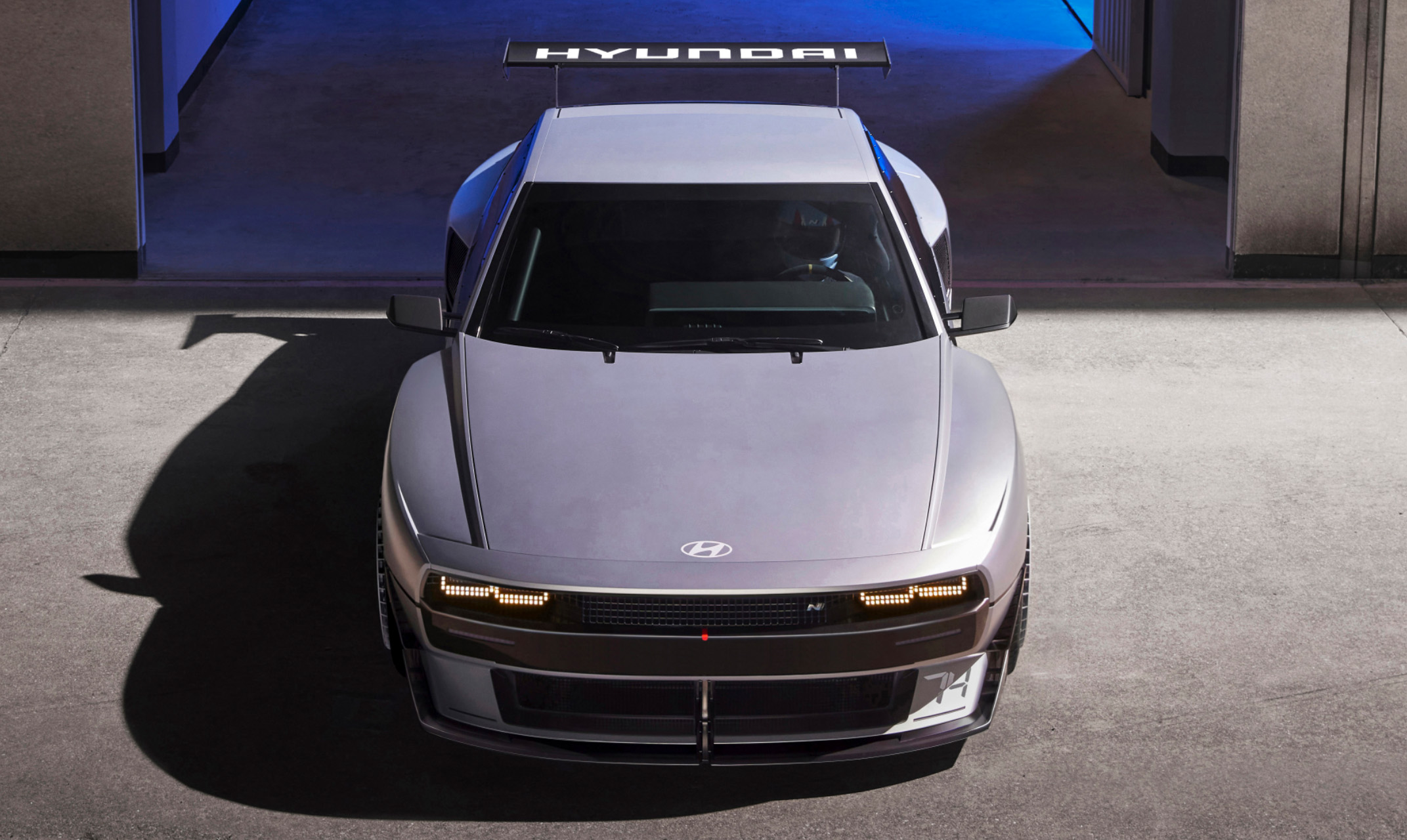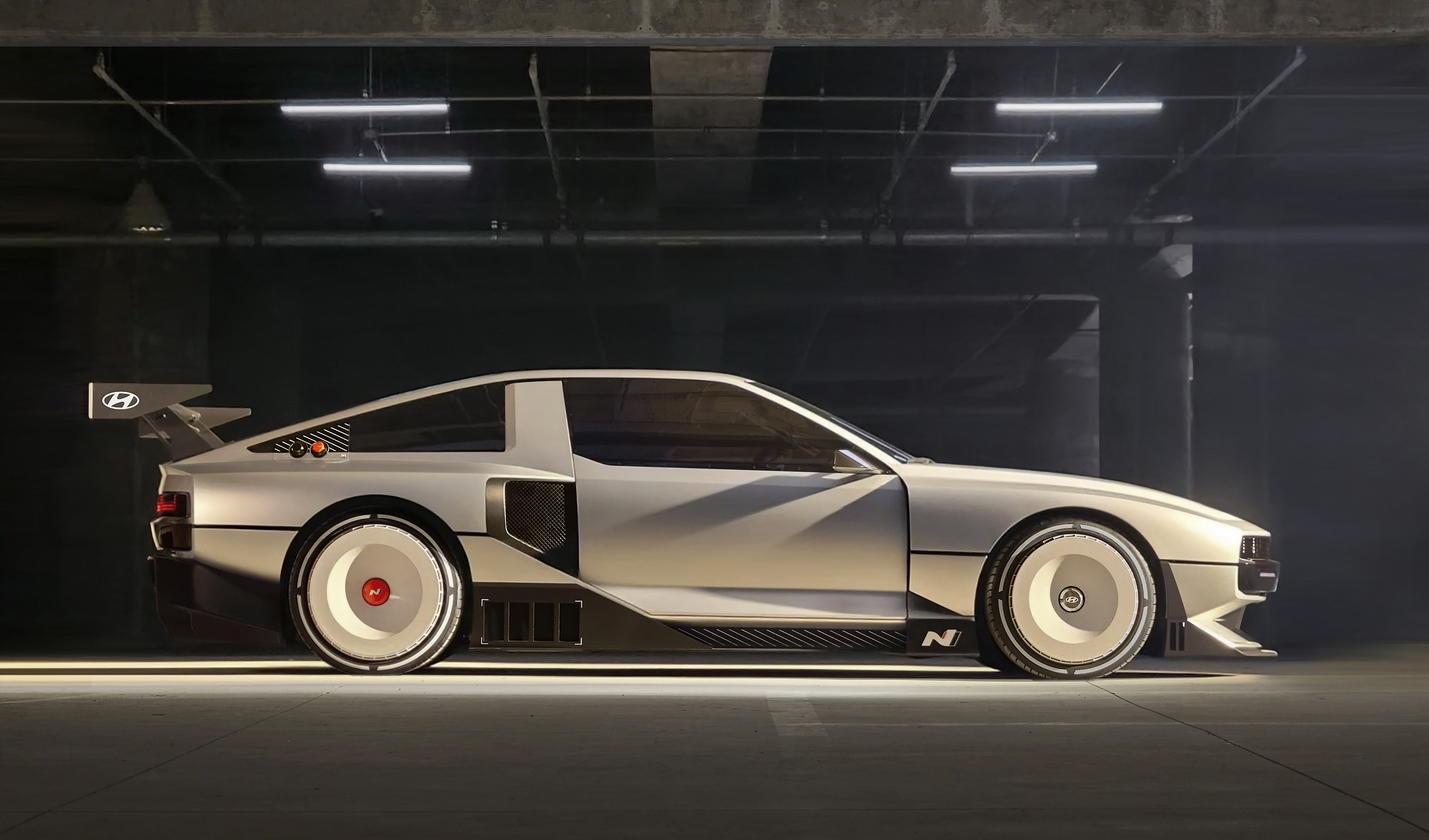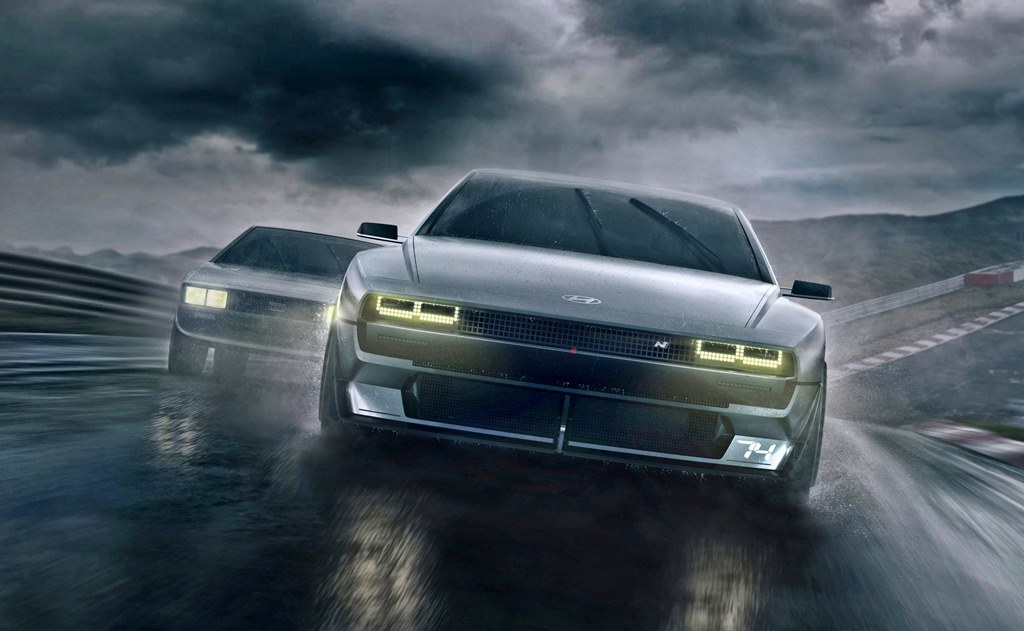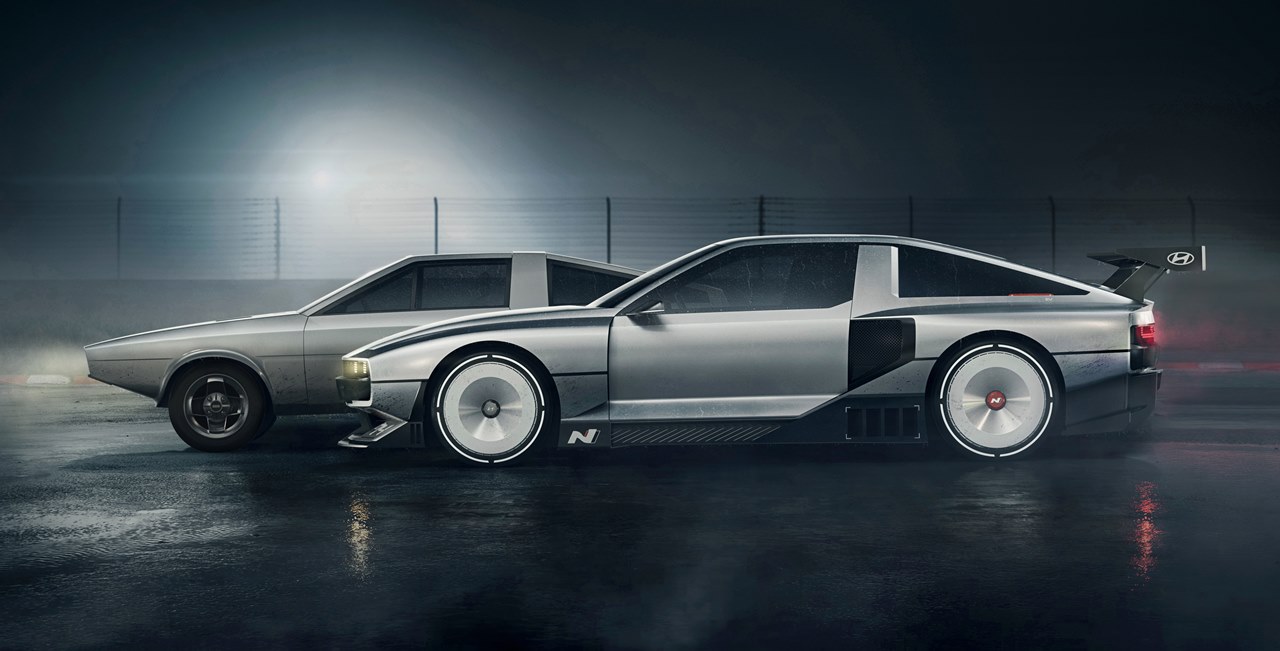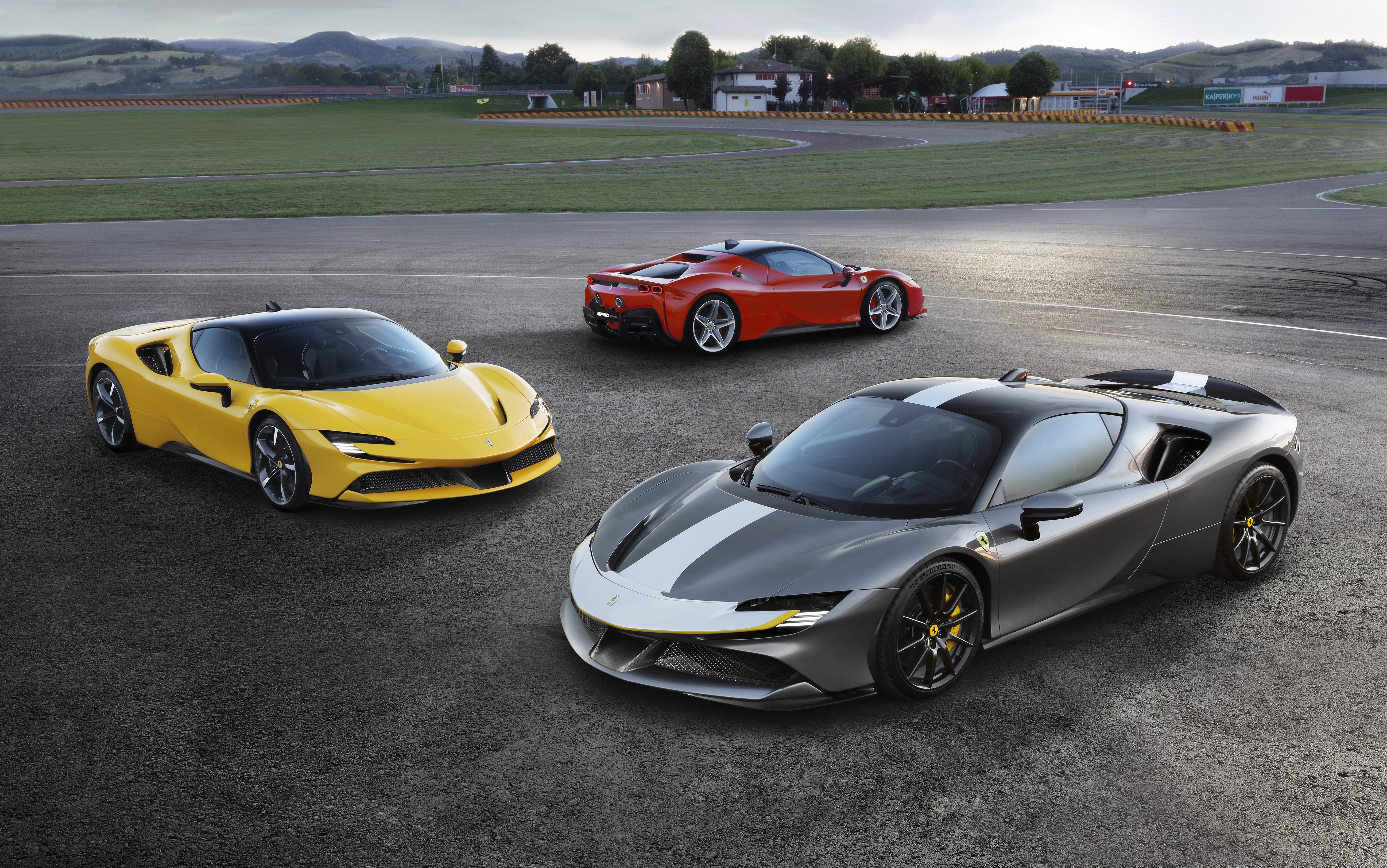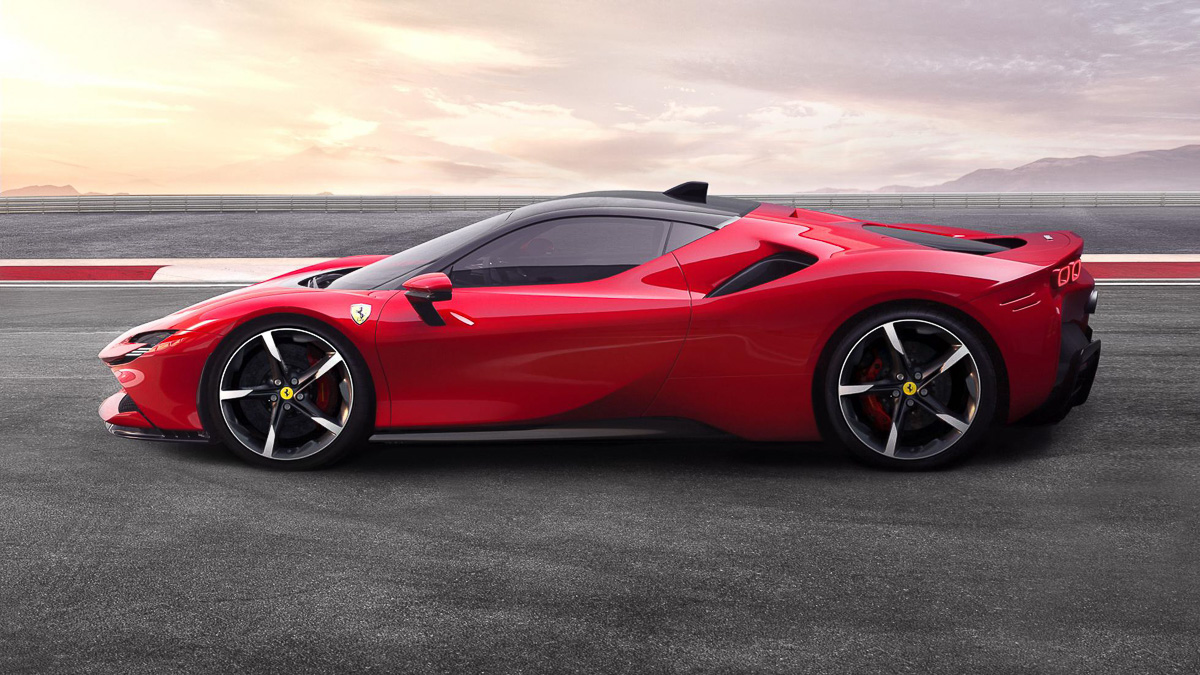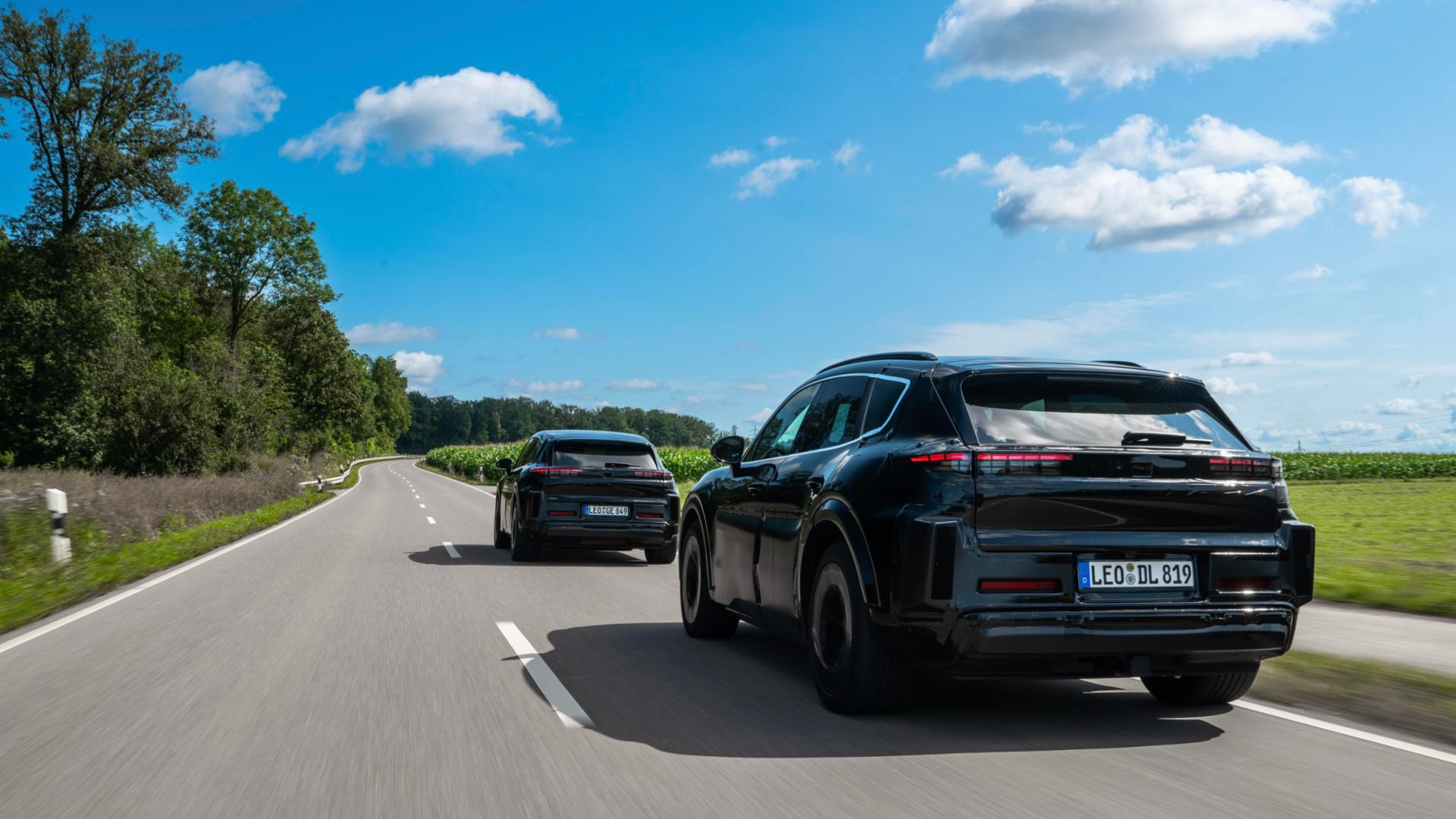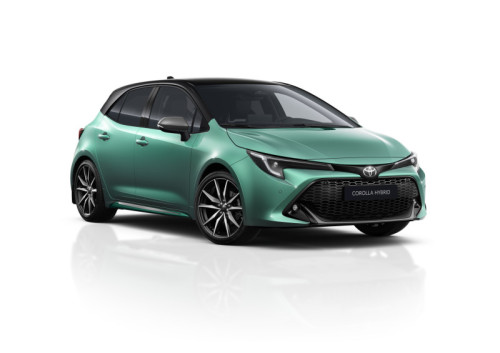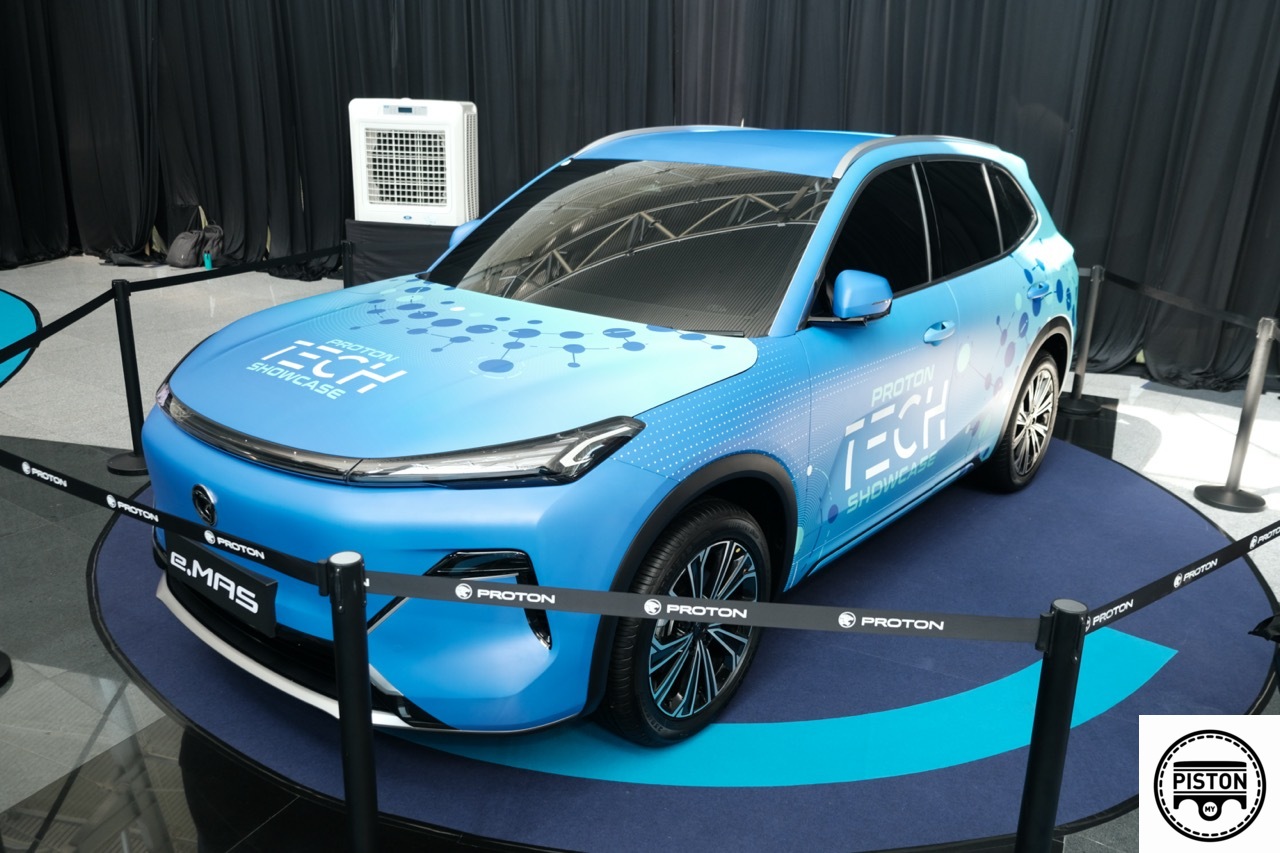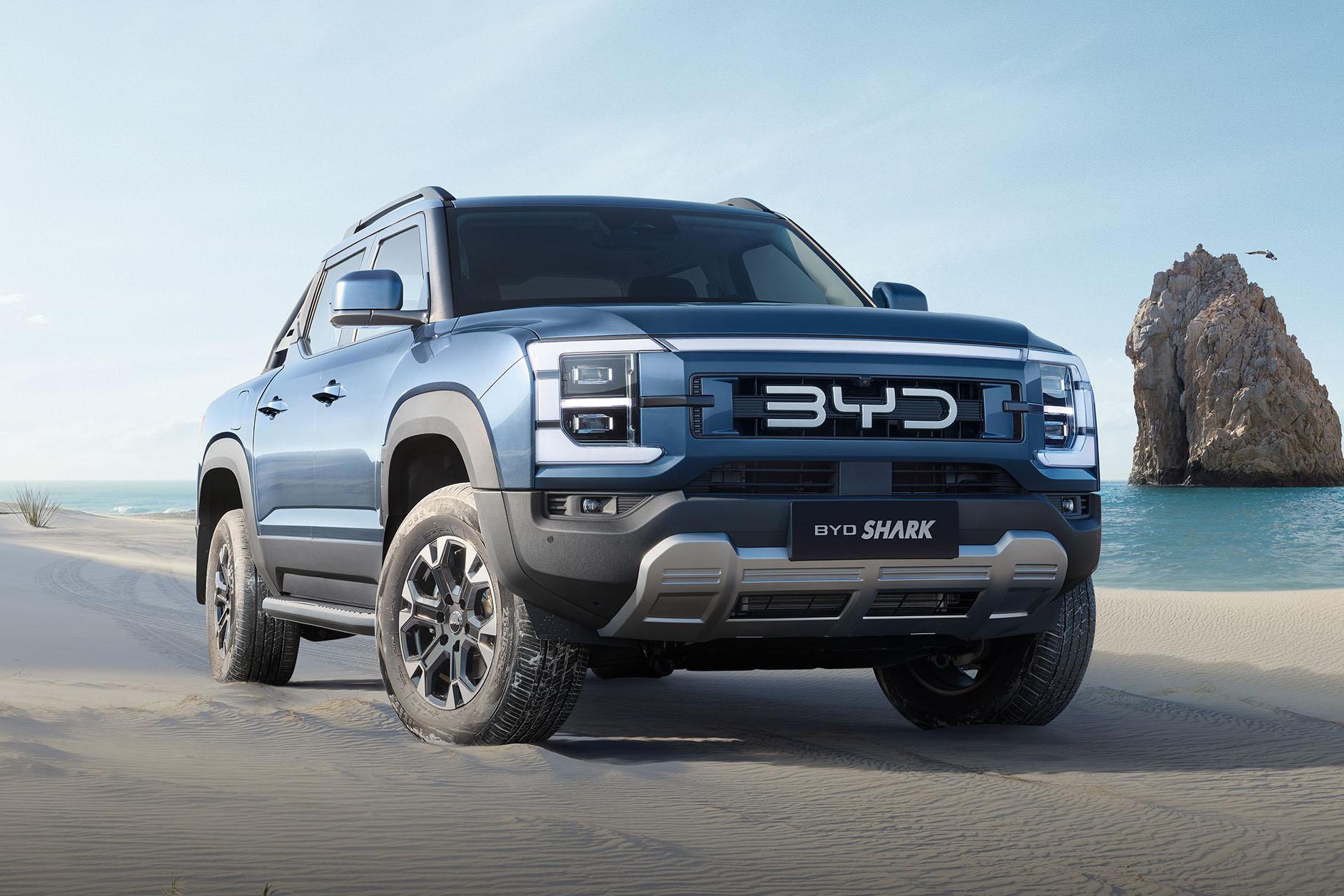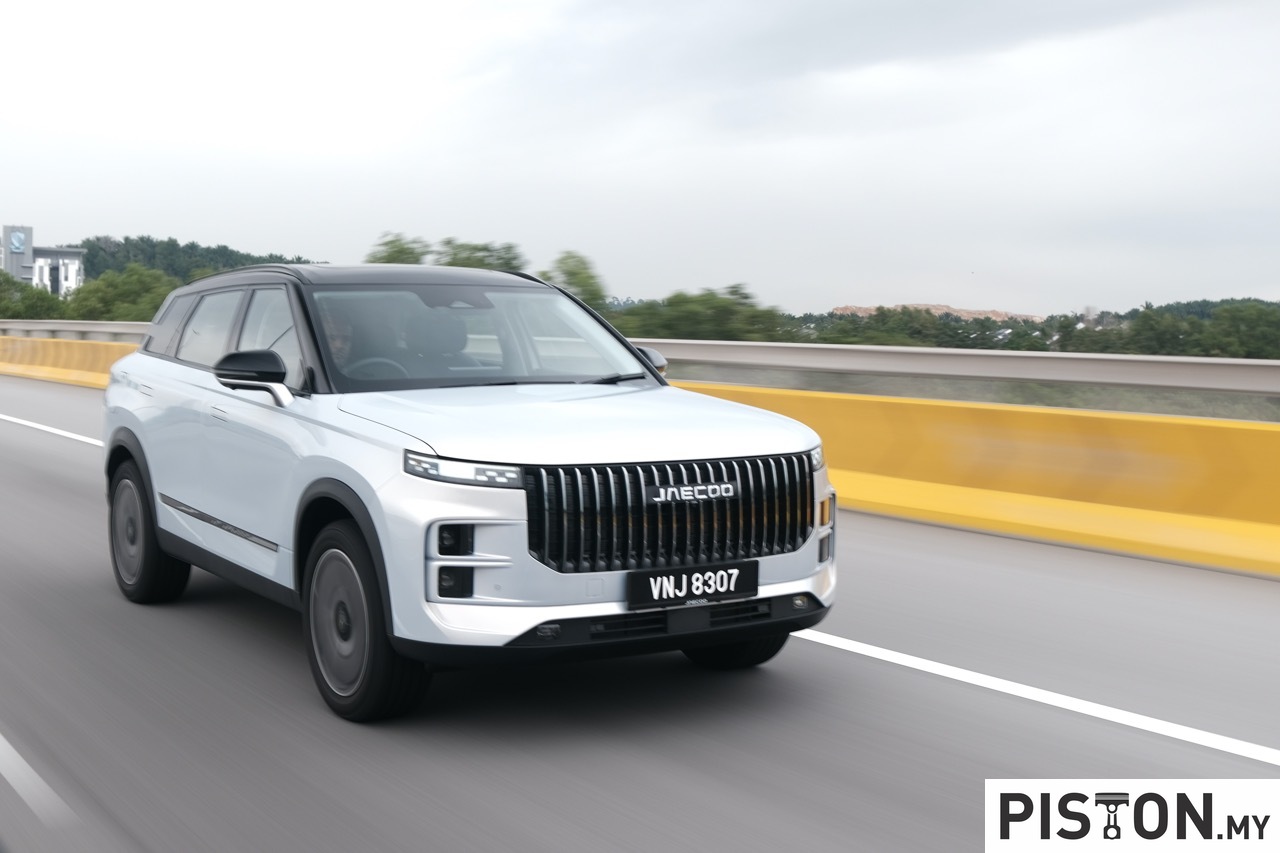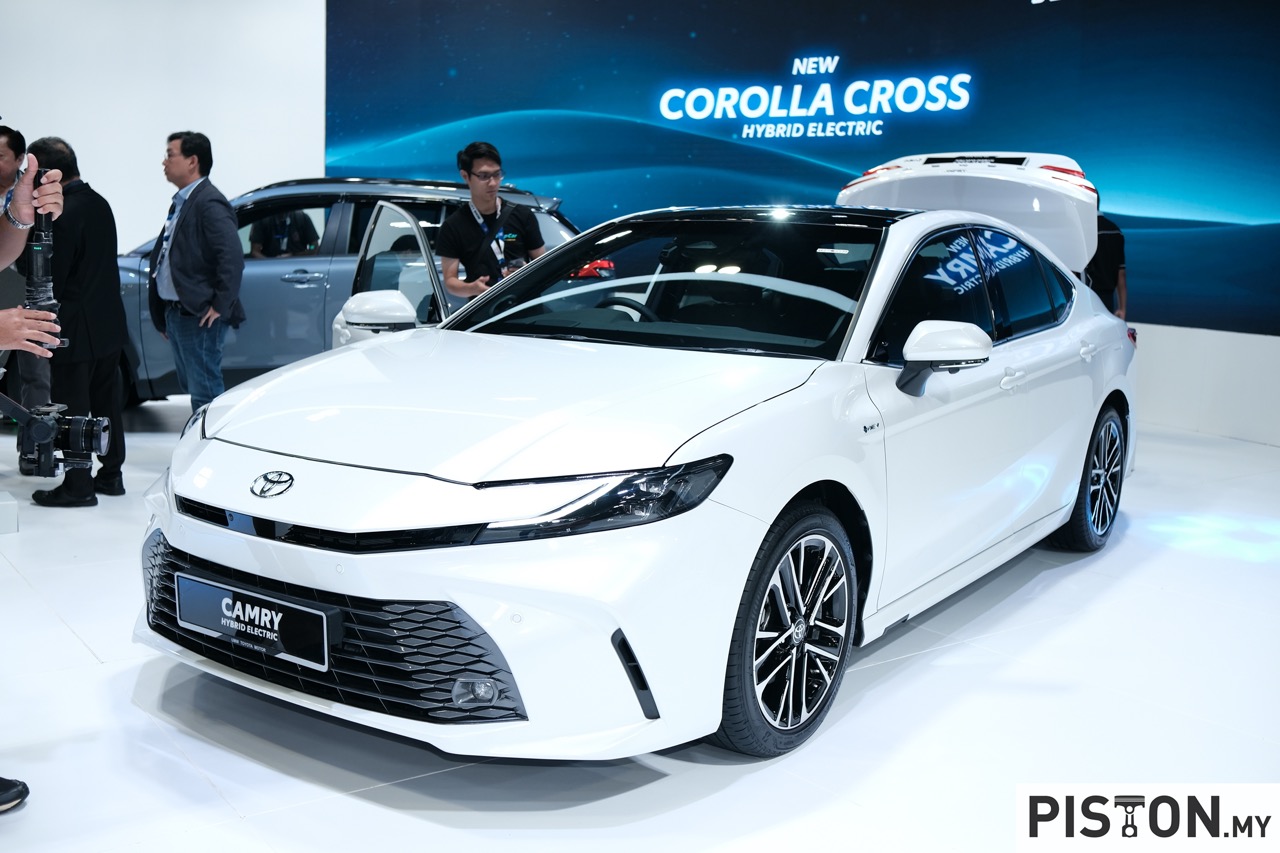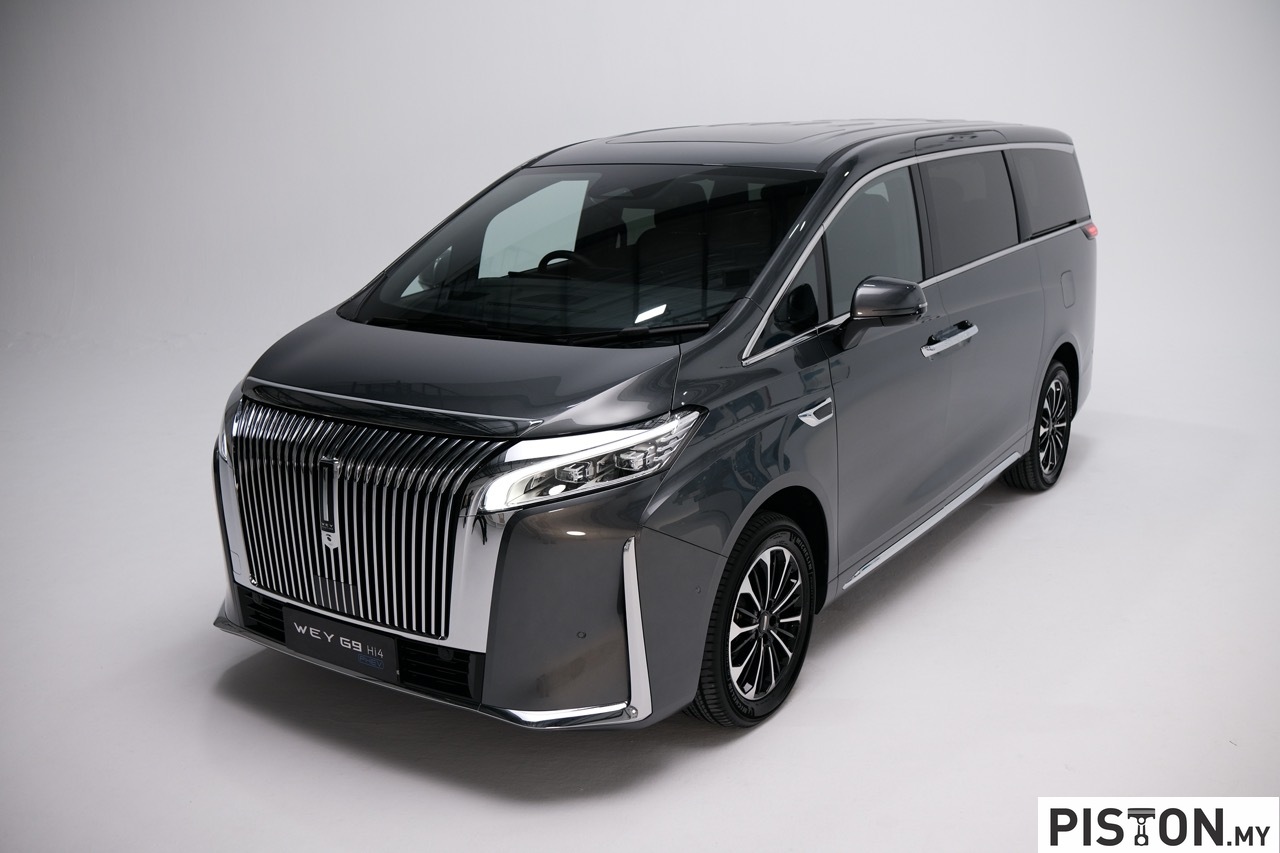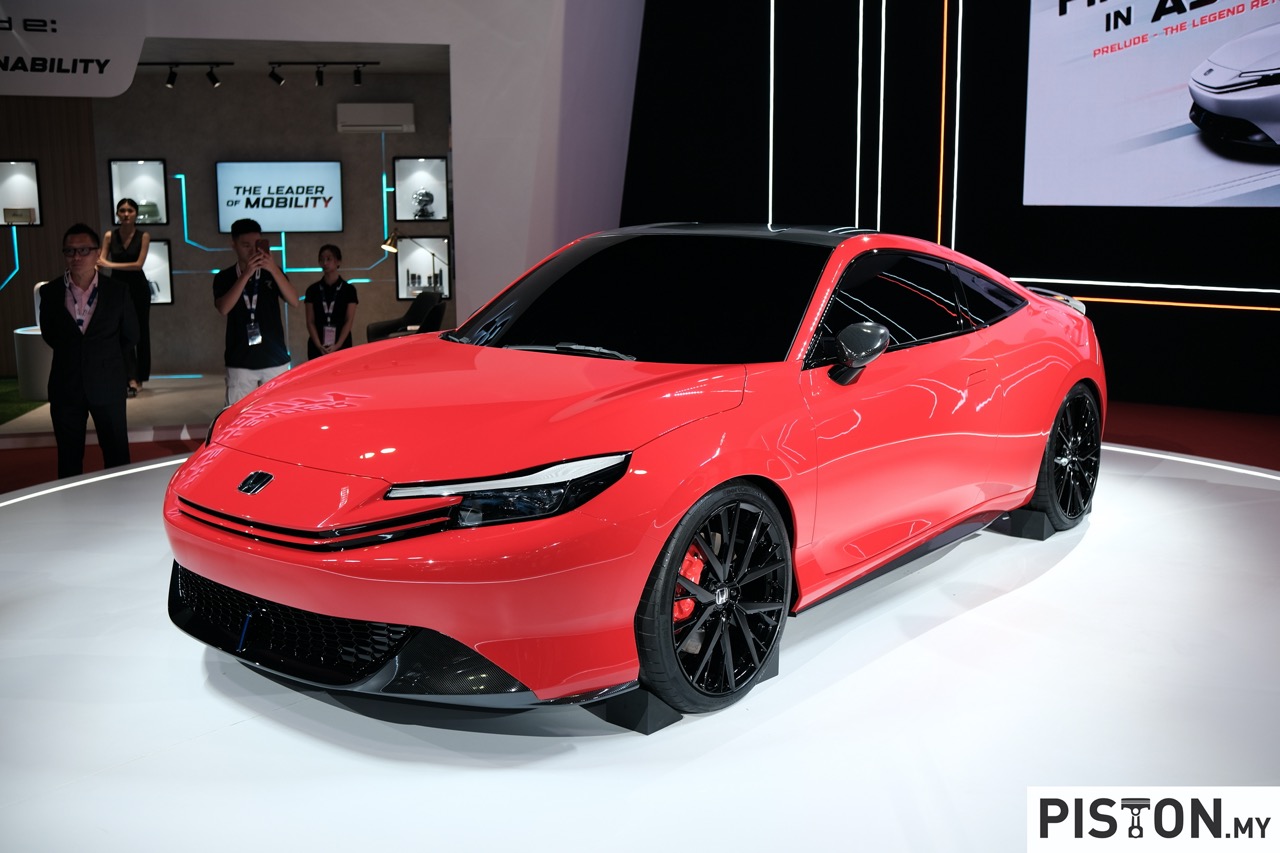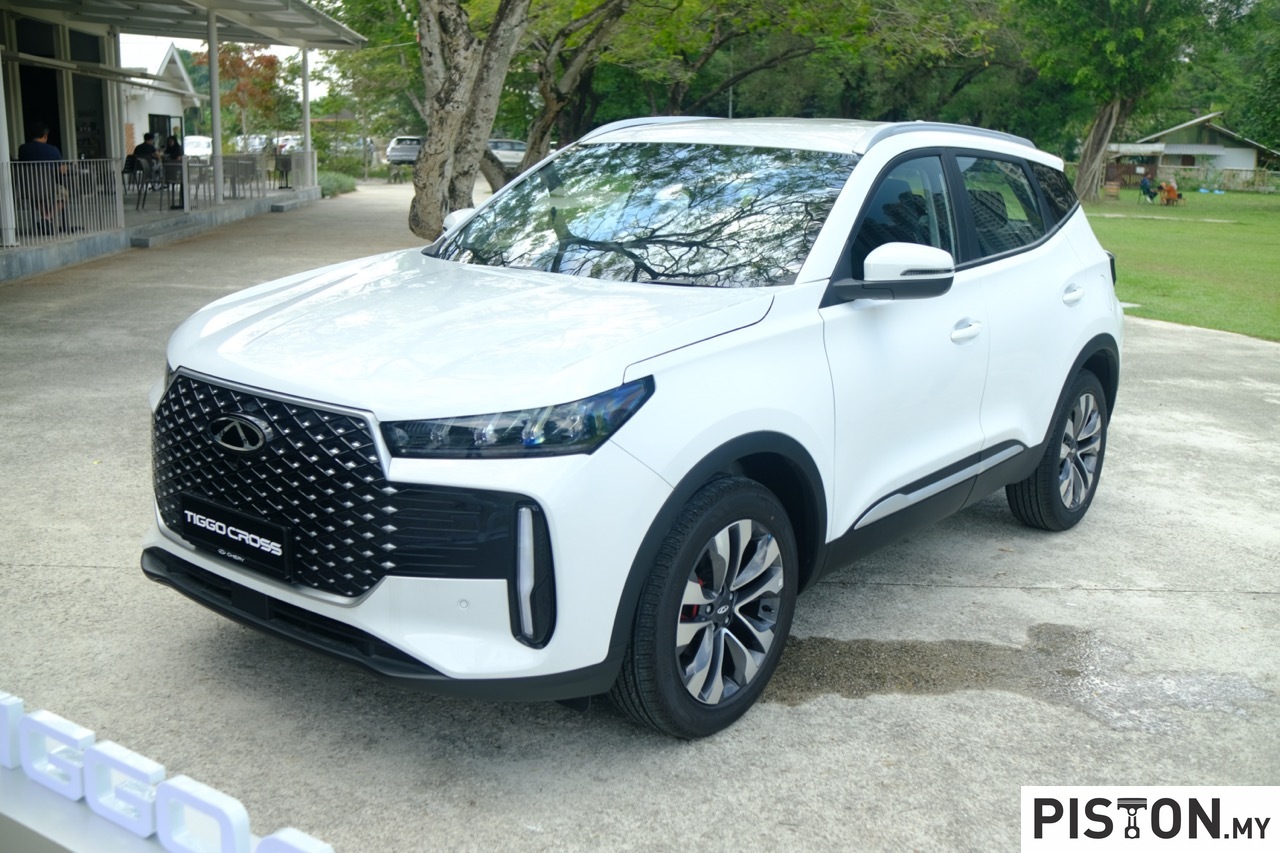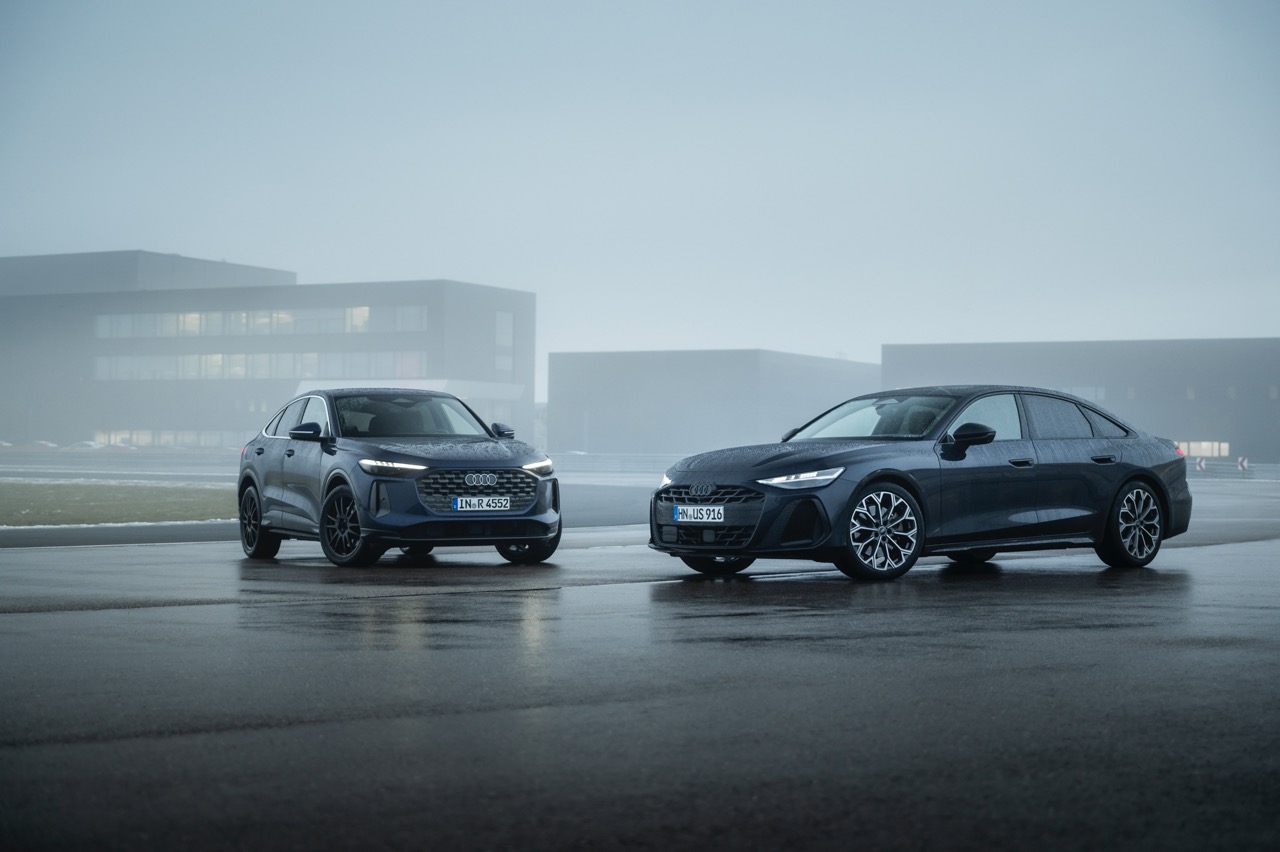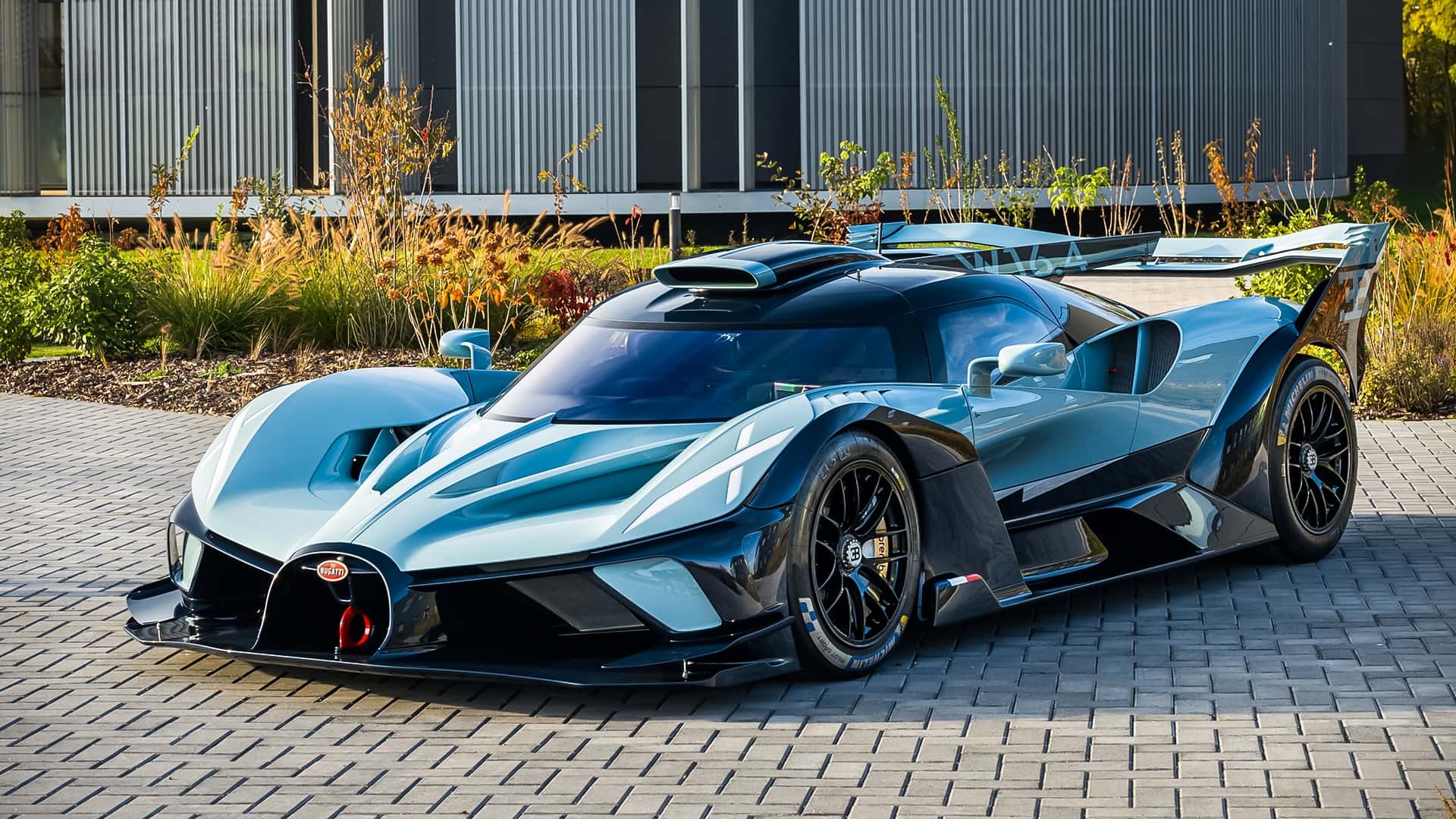The McLaren W1 marks another monumental achievement in McLaren’s history, combining cutting-edge hybrid technology with staggering performance figures. More than 30 years after the legendary McLaren F1 set the hypercar standard, and a decade after the hybrid P1 revolutionised the segment, McLaren is again pushing the boundaries with its most powerful road car ever.
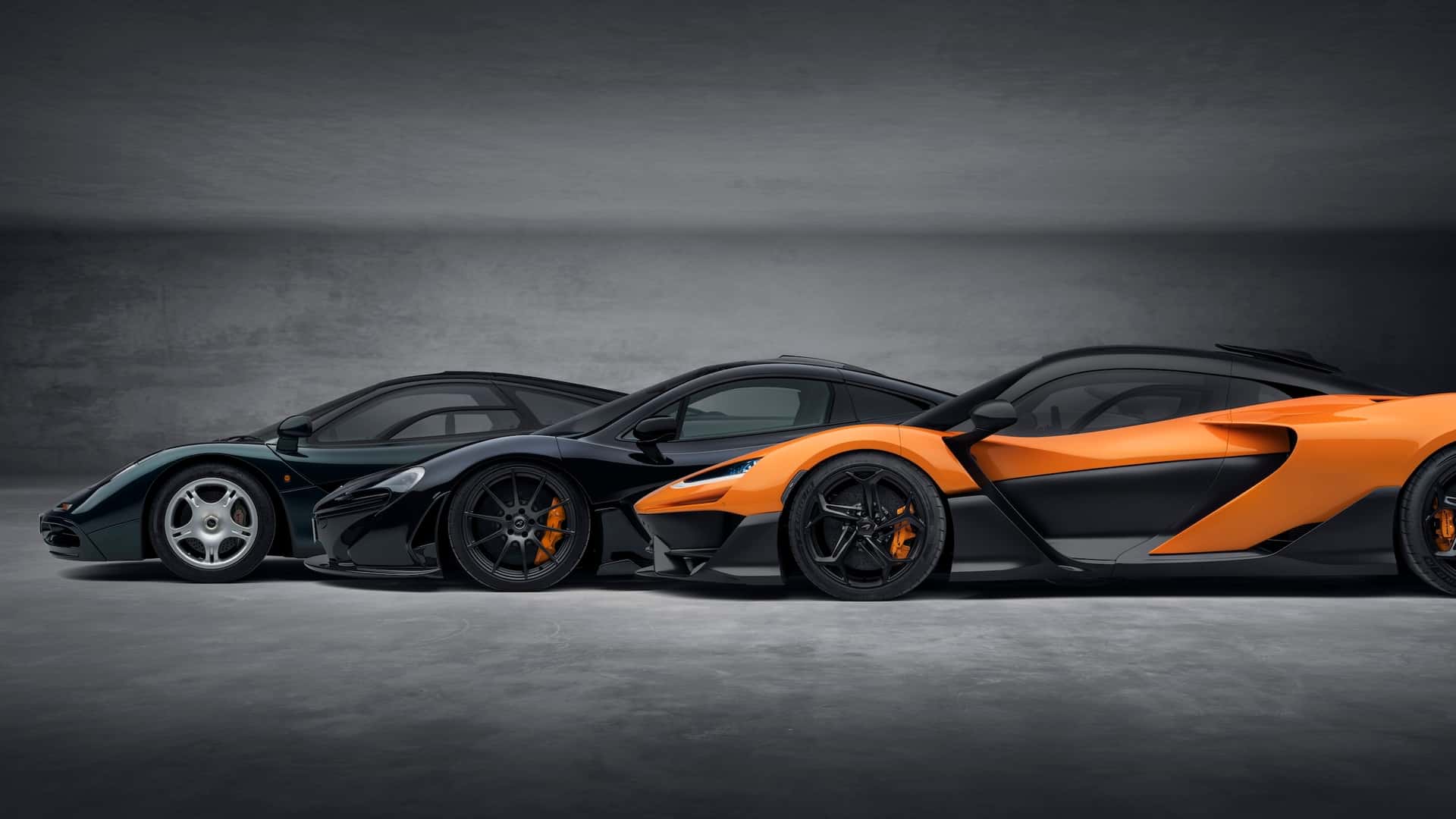
Powertrain and Performance
At the heart of the McLaren W1 is the all-new MPH-8 twin-turbocharged 4.0-litre V8 engine, which delivers a jaw-dropping 916hp and boasts the highest power density of any McLaren engine ever—an astounding 230 bhp-per-litre. Complementing this powerful V8 is an advanced hybrid system called the E-Module, which adds 342hp through a compact radial flux electric motor and a 1.4 kWh battery pack. The total combined output reaches an impressive 1,258hp and 1339Nm of torque.
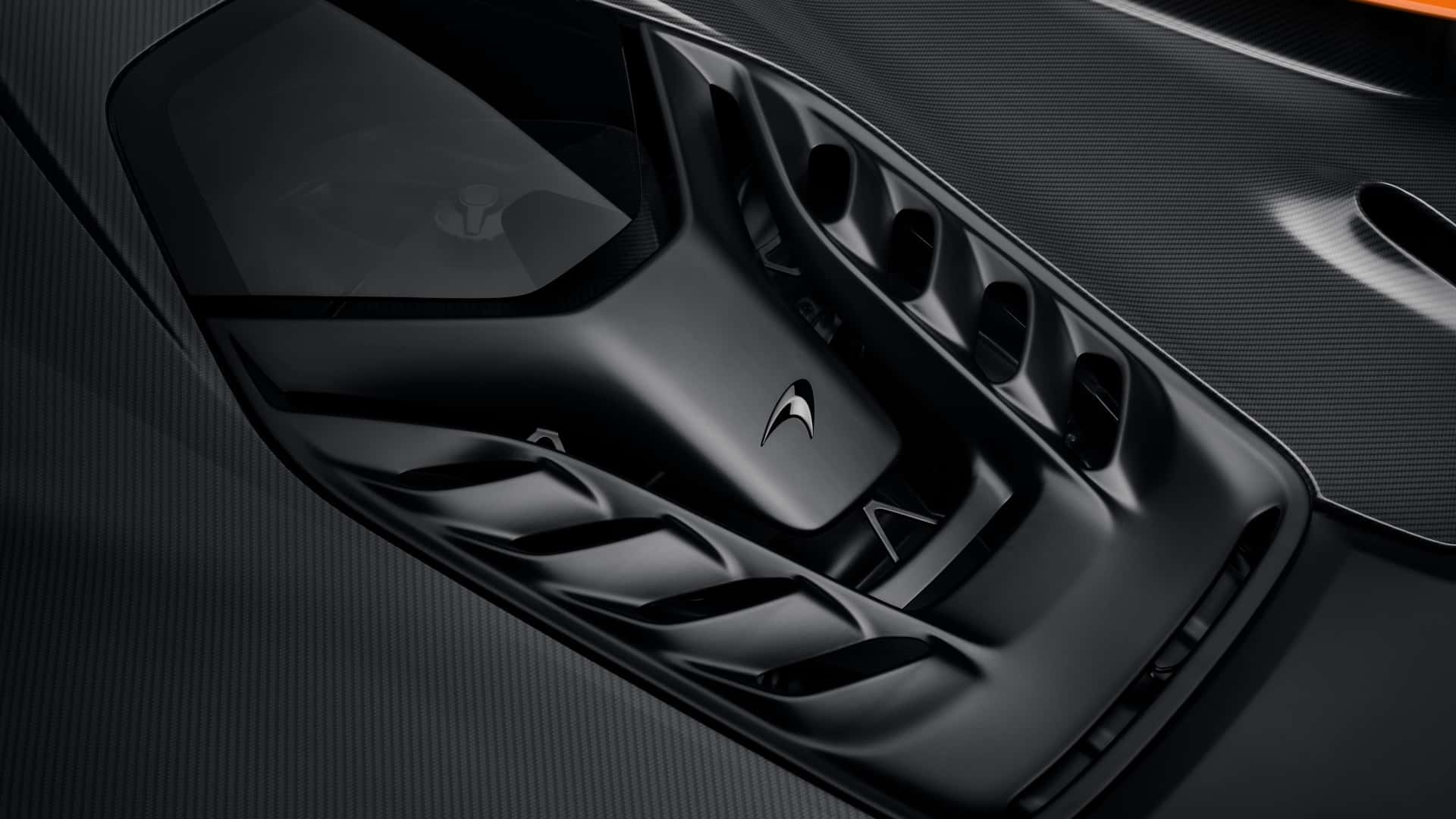
This power allows the W1 to sprint from 0-100km/h in 2.7 seconds, with an electronically limited top speed of 349km/h, matching the McLaren P1. The hybrid system also offers a minimal electric-only range of 2km.
Lightweight Design and Aerodynamics
One of the most remarkable features of the W1 is its lightweight construction. Despite its hybrid components, the car has a dry weight of just 1398kg, only 4kgs heavier than the P1. McLaren’s engineers achieved this by trimming 40kgs from the hybrid system compared to the P1. The chassis, dubbed Aerocell, is a monocoque design that integrates fixed seating, allowing for more compact dimensions, while also offering adjustable steering and pedals.
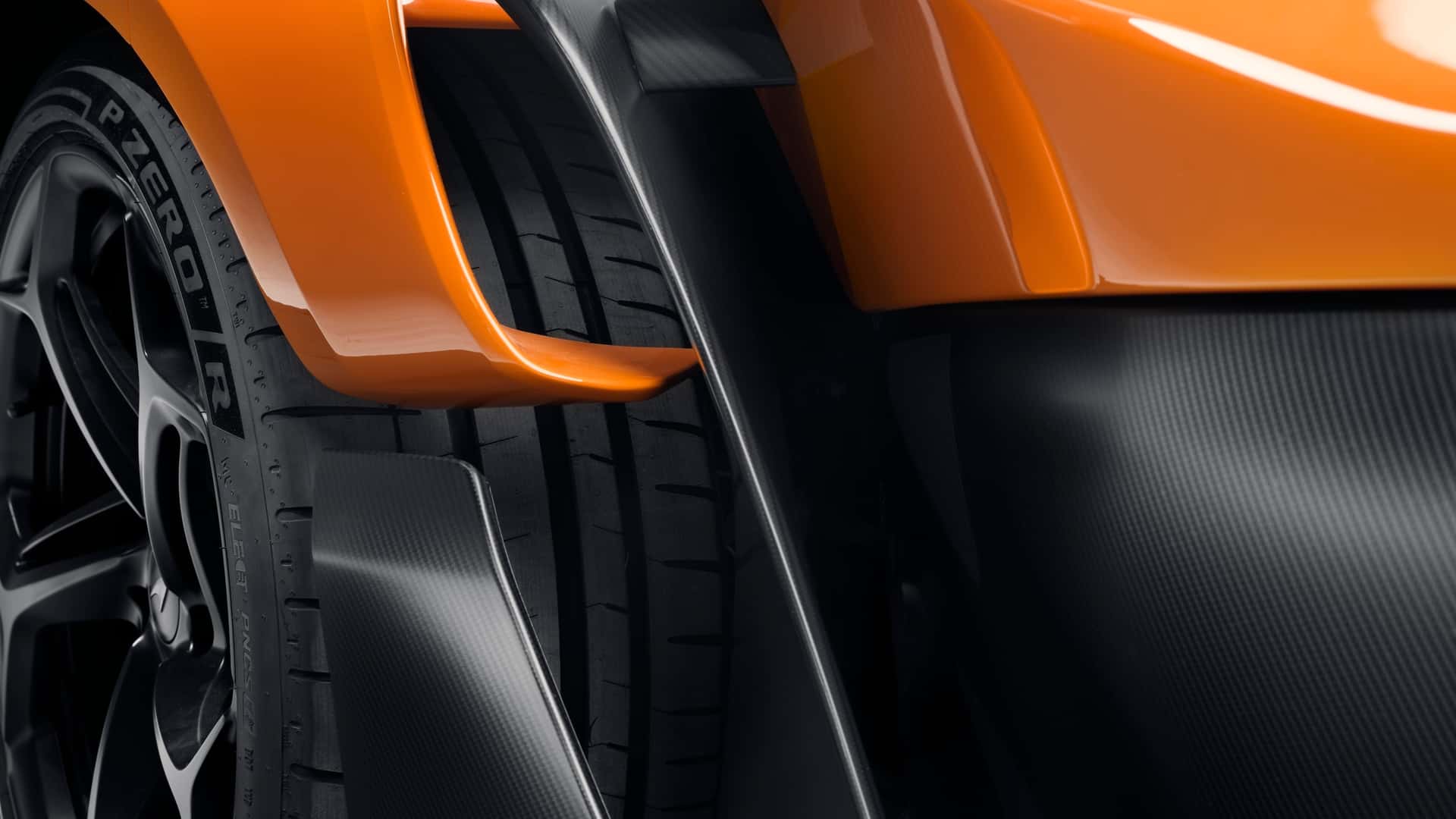
Aerodynamics are a key focus in the W1’s design. With over 350 hours of wind tunnel testing, McLaren refined the W1 to be its most aerodynamic car yet. The Active Long Tail rear wing, inspired by the F1 GTR, dynamically adjusts to improve drag and downforce. The W1 generates a total downforce of 2,205 pounds—with 772 pounds at the front and 1,433 pounds at the rear in Race mode. An innovative airflow diverter on the roof channels fresh air to the engine, further enhancing cooling and performance.
Handling and Braking
The W1 is equipped with McLaren’s Race Active Chassis Control III, offering configurable suspension settings: Comfort, Sport, and Race. In Race mode, the car’s ride height drops by 1.5 inches at the front and 0.7 inches at the rear, and the long tail spoiler extends up to 11.8 inches, also acting as an air brake.
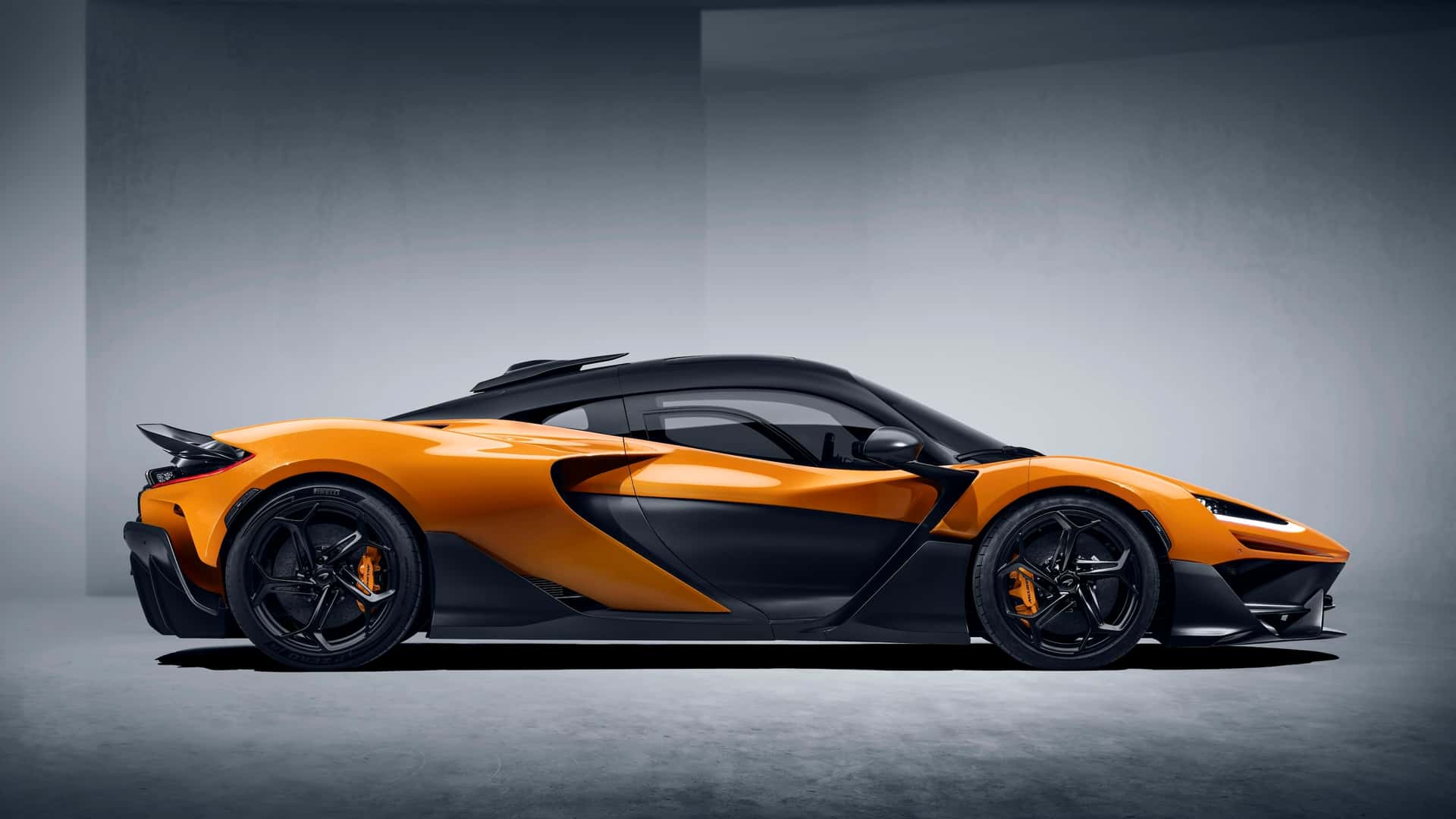
To match its immense power, the W1 uses carbon ceramic brakes with six-piston calipers at the front and four-piston callipers at the rear. From 100km/h, the W1 can come to a complete stop in 95 feet, and from 200km/h, it requires just 328 feet.
The W1 rides on Pirelli P Zero Trofeo RS tires as standard, with options for P Zero R tyres for daily driving or P Zero Winter tires for colder conditions.
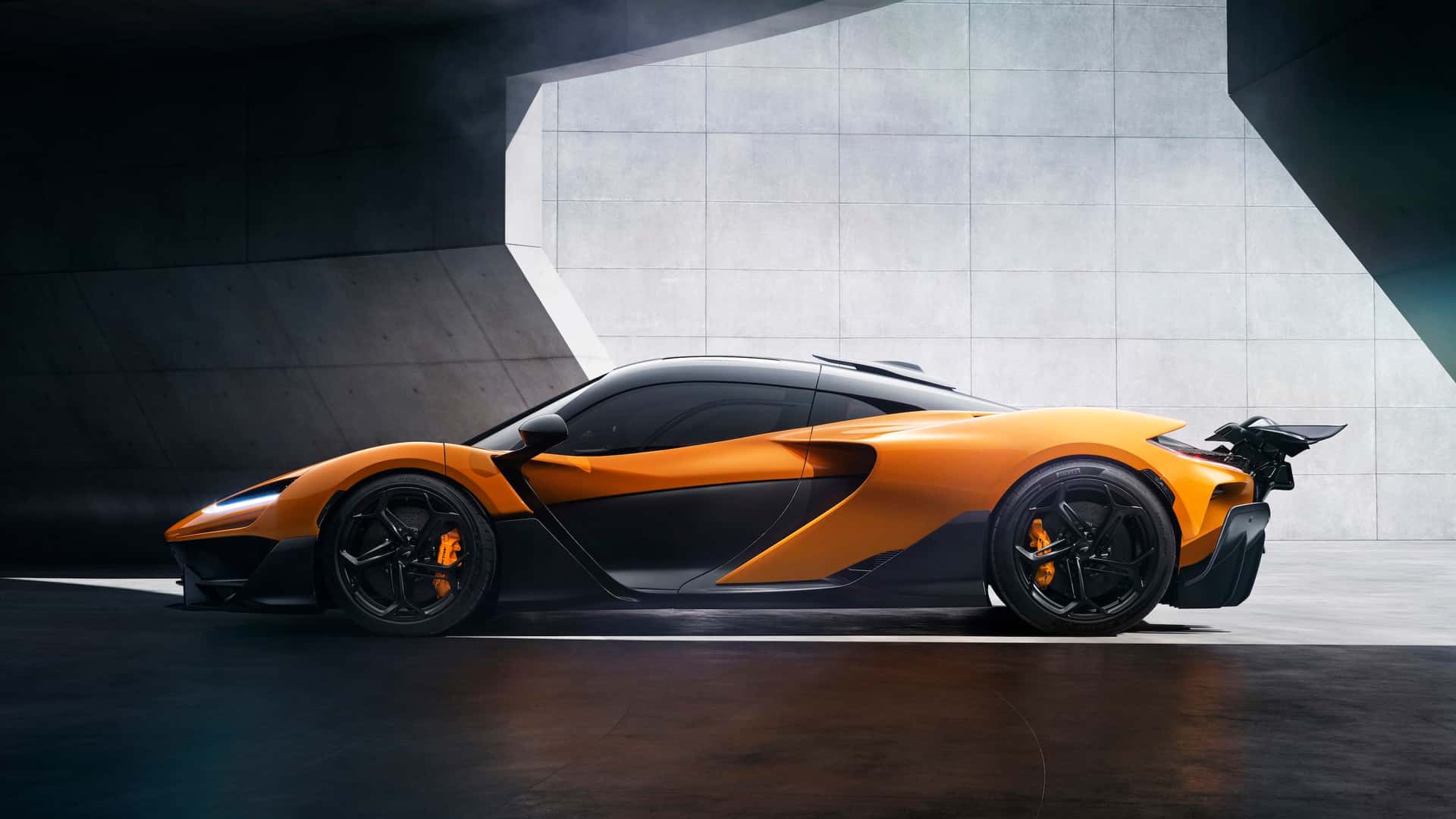
Interior and Technology
Inside, the W1 offers a minimalist but high-tech cockpit, featuring an 8.0-inch touchscreen with Apple CarPlay and Android Auto compatibility. It includes USB-A and USB-C connections, along with a small storage shelf that offers 116L of space behind the seats.
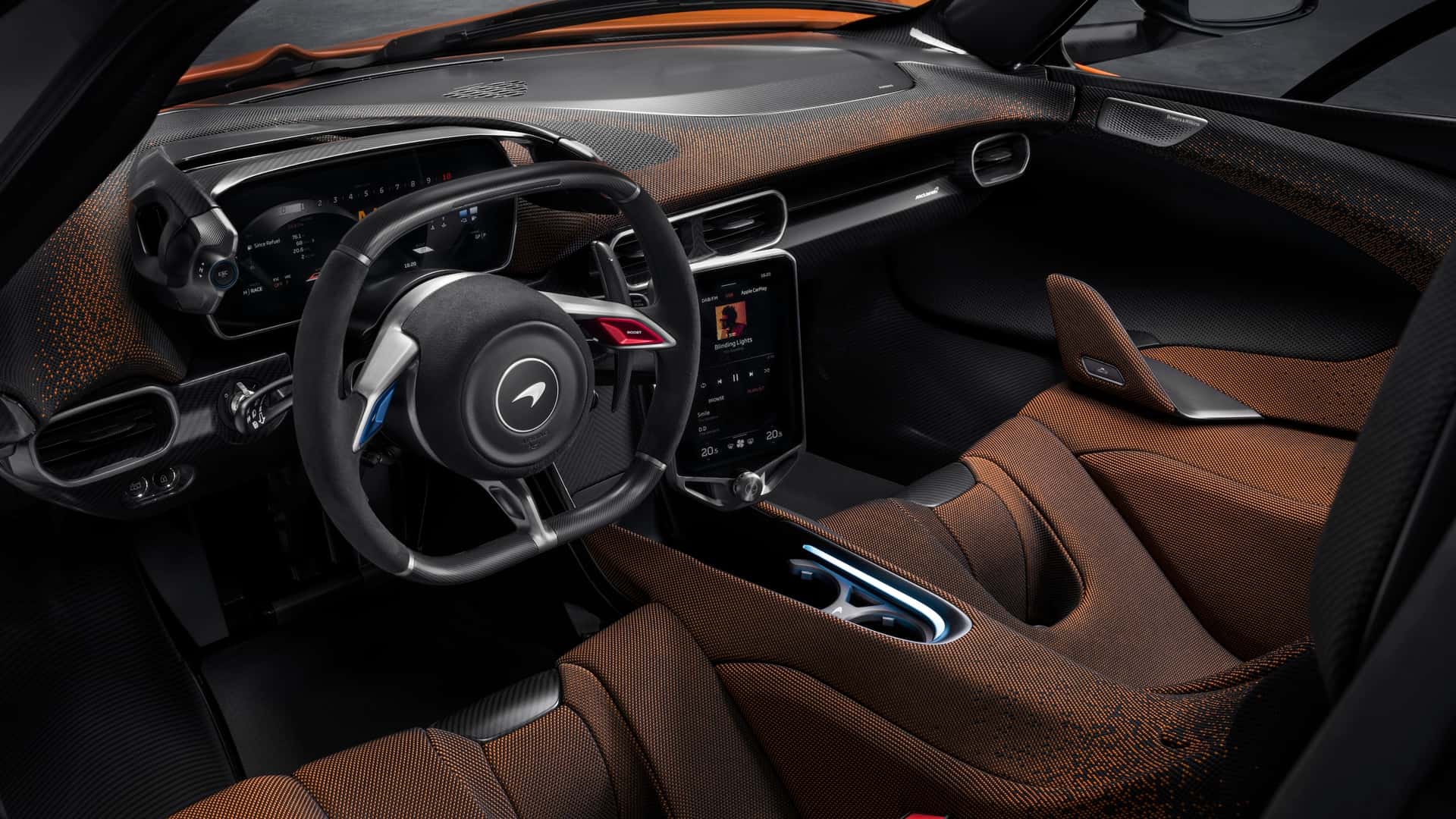
Exclusivity and Pricing
As expected from such an extreme hypercar, the McLaren W1 is priced at a hefty $2.1 million. McLaren plans to build only 399 units, all of which are already sold out.
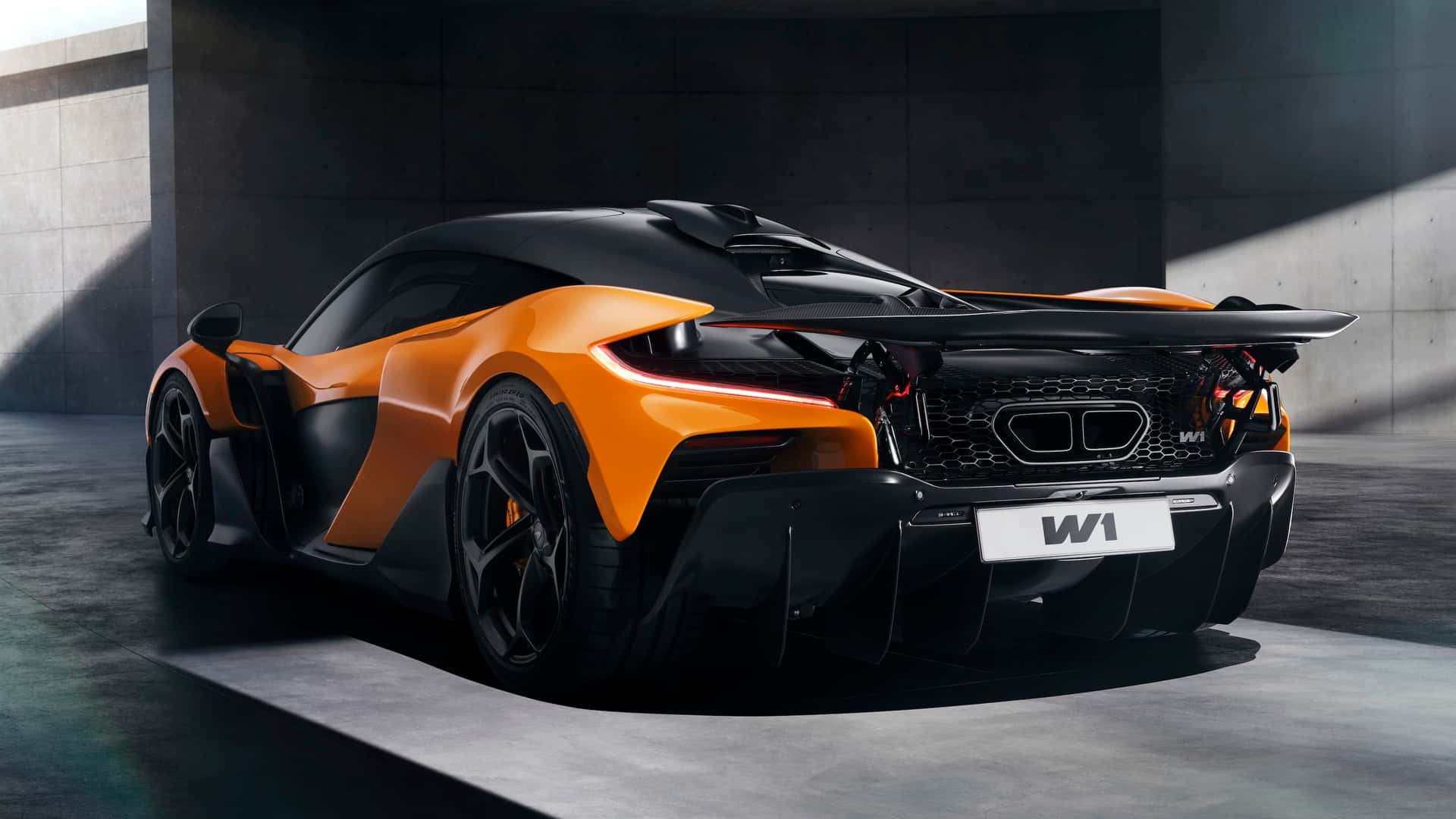
The McLaren W1 continues the brand’s legacy of redefining what is possible in automotive engineering, delivering a driving experience that blends extraordinary power, lightweight construction, and advanced hybrid technology.

